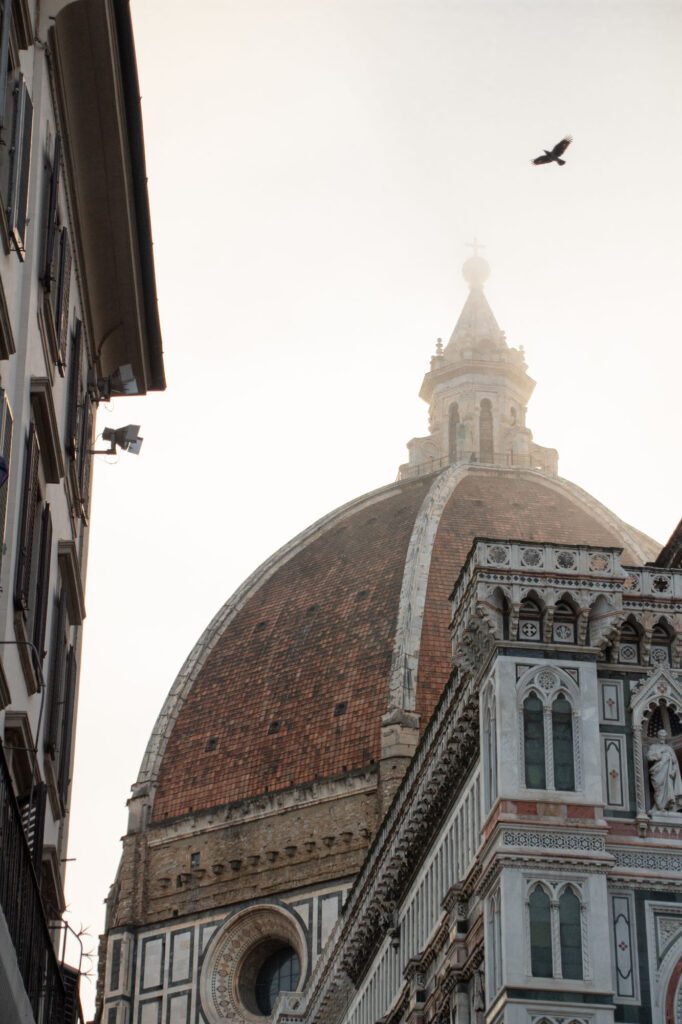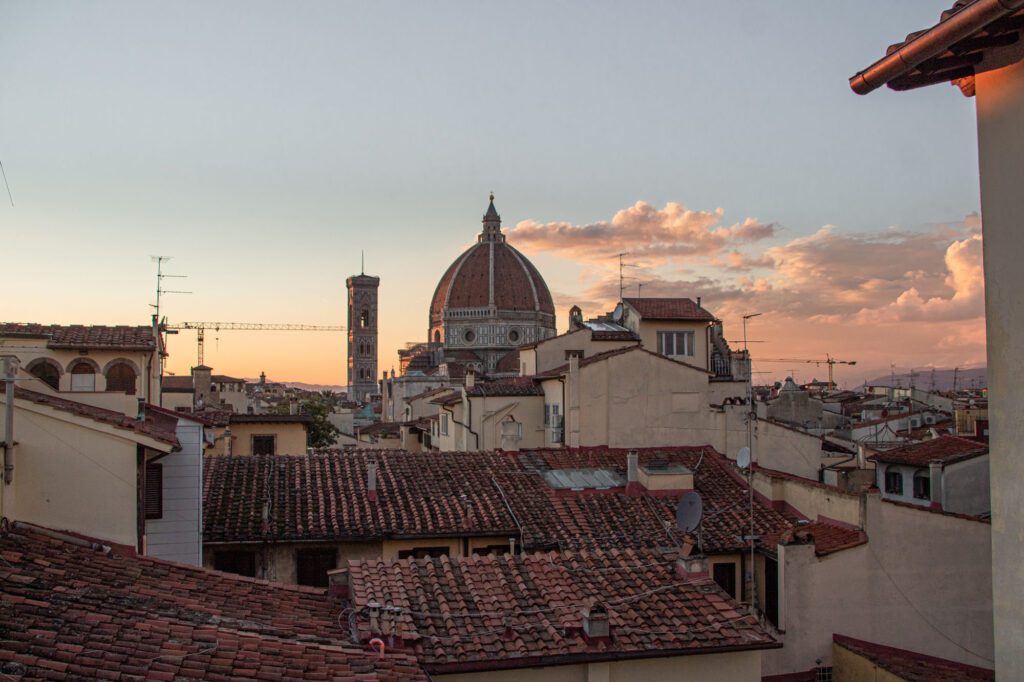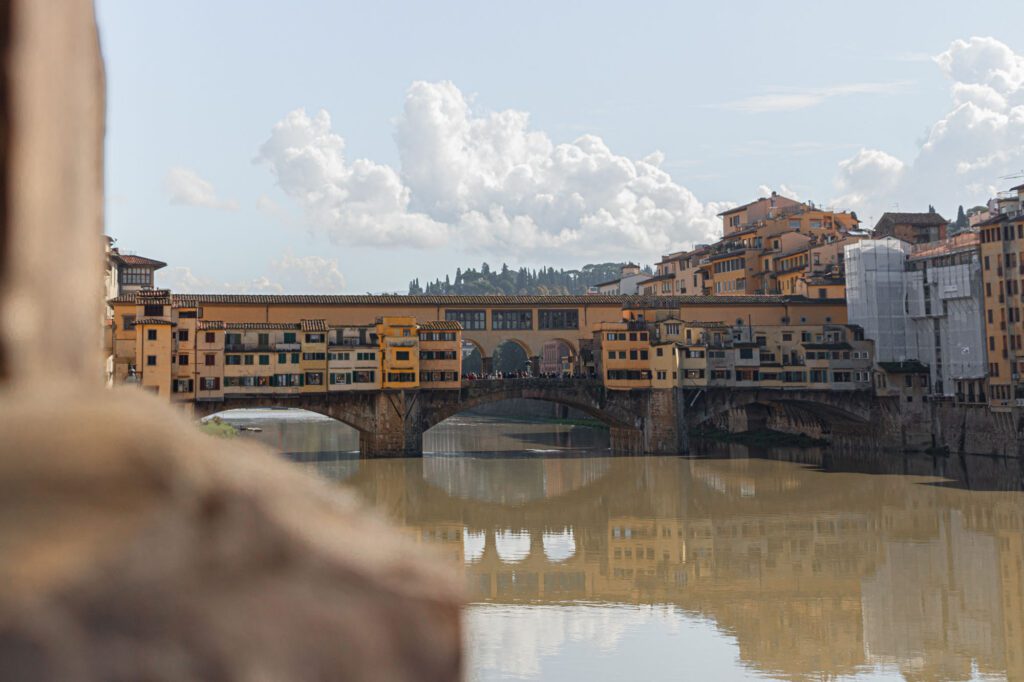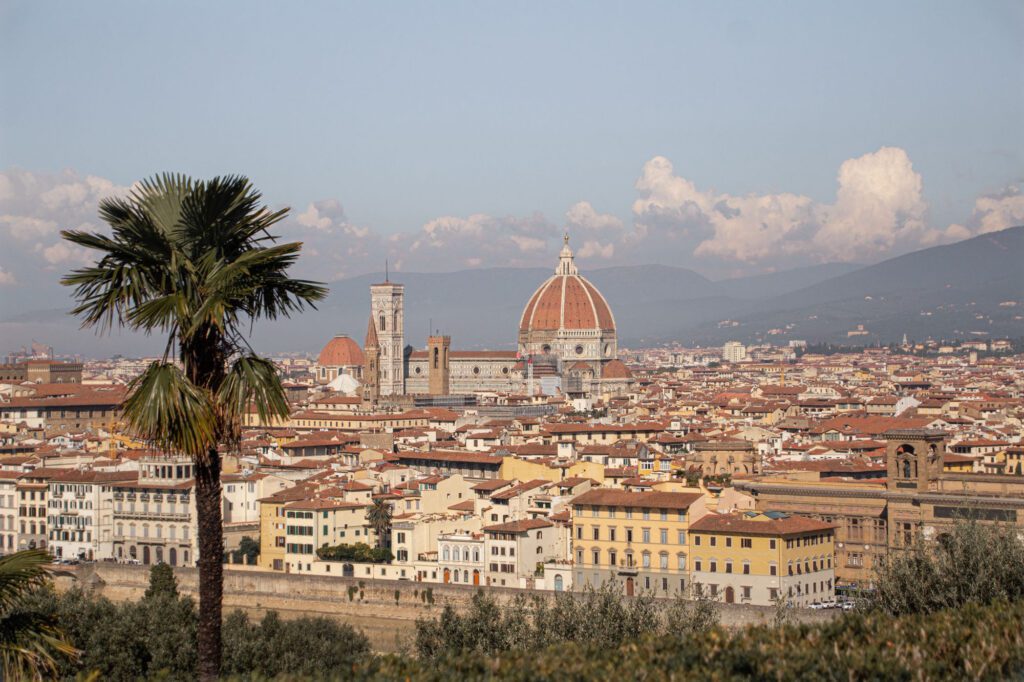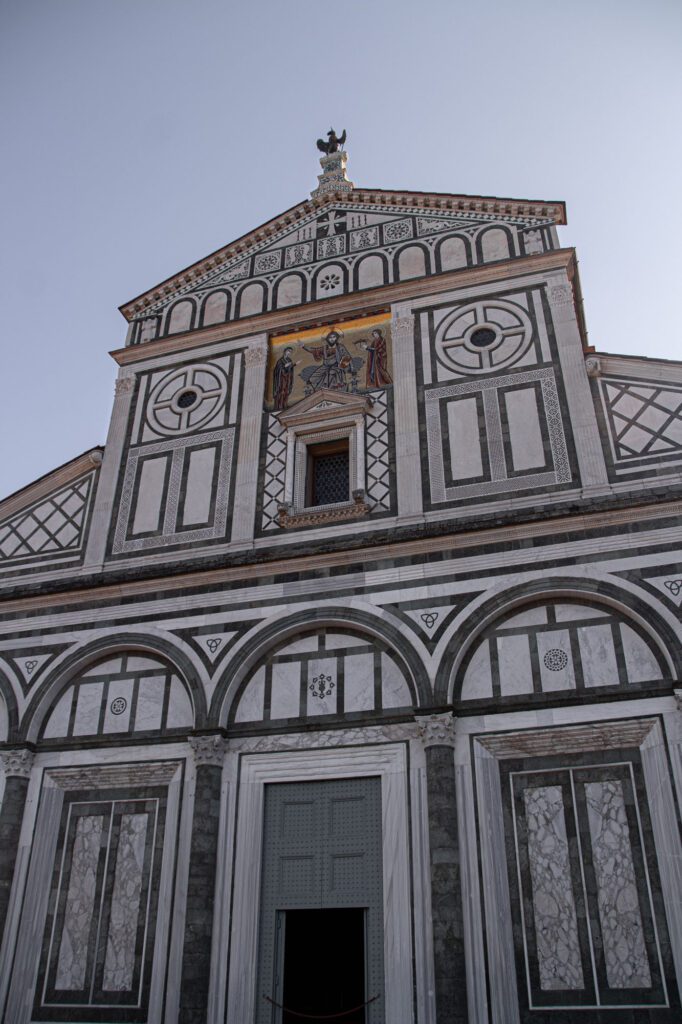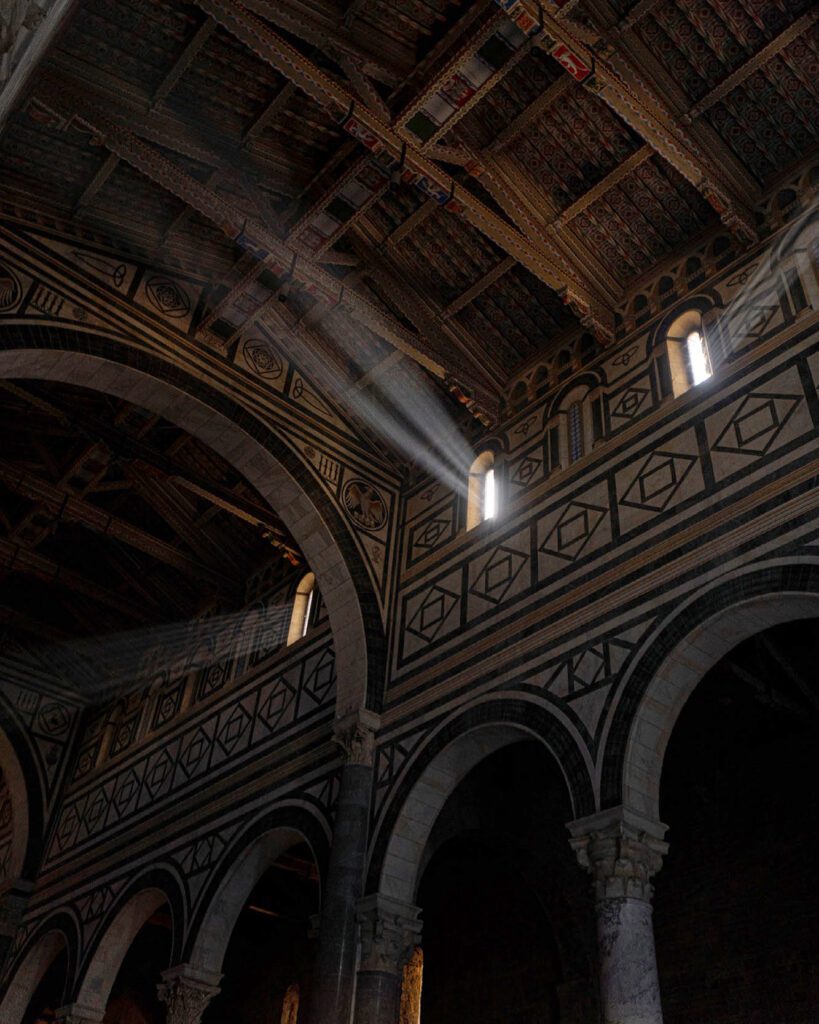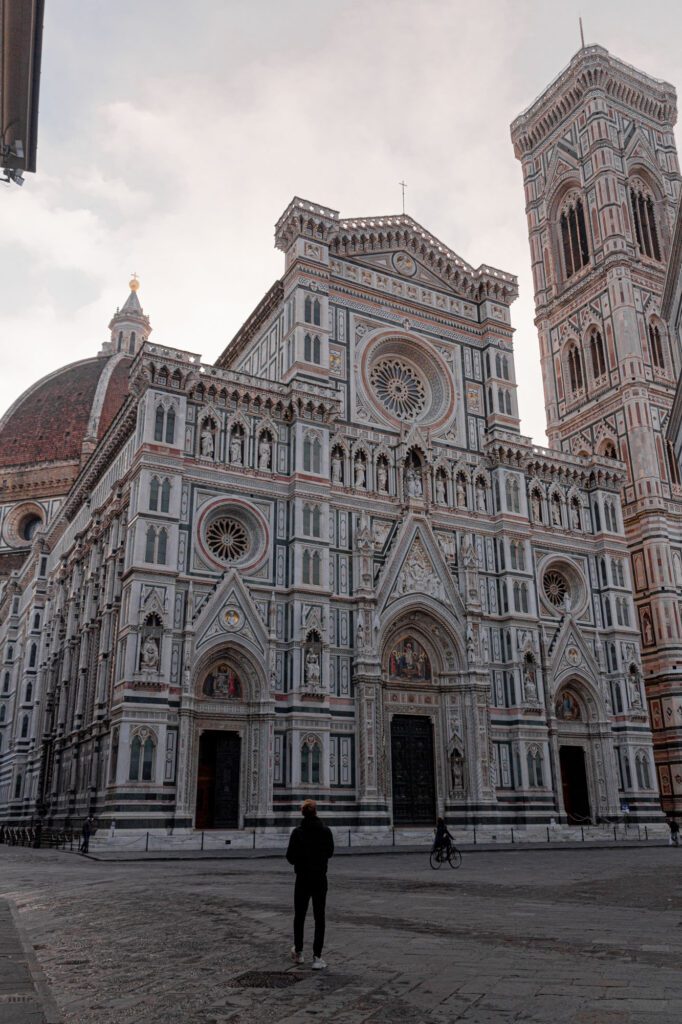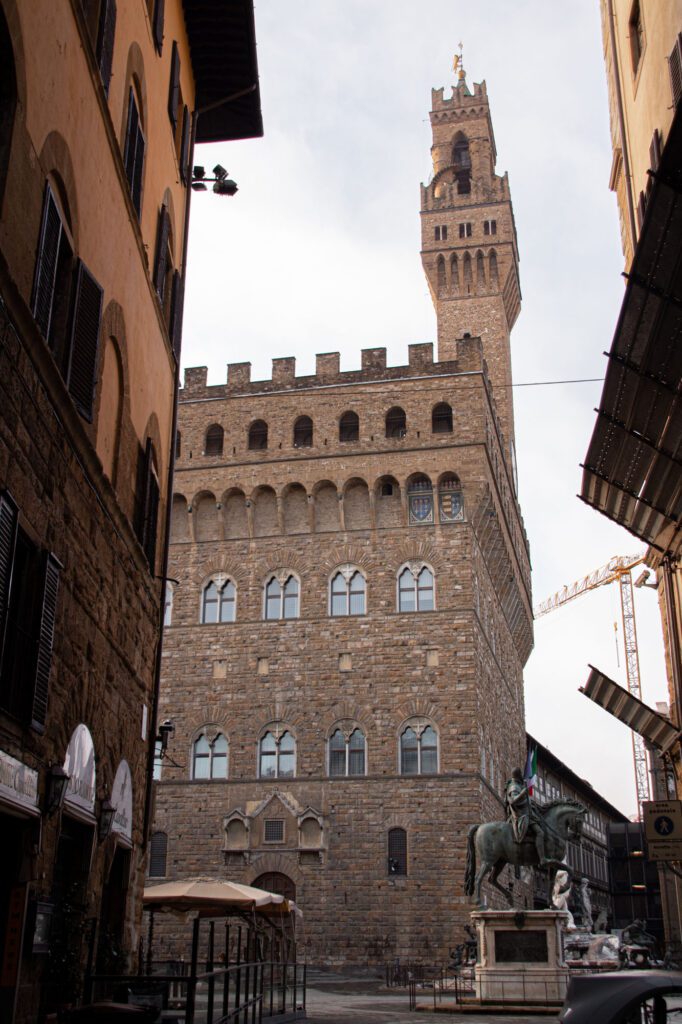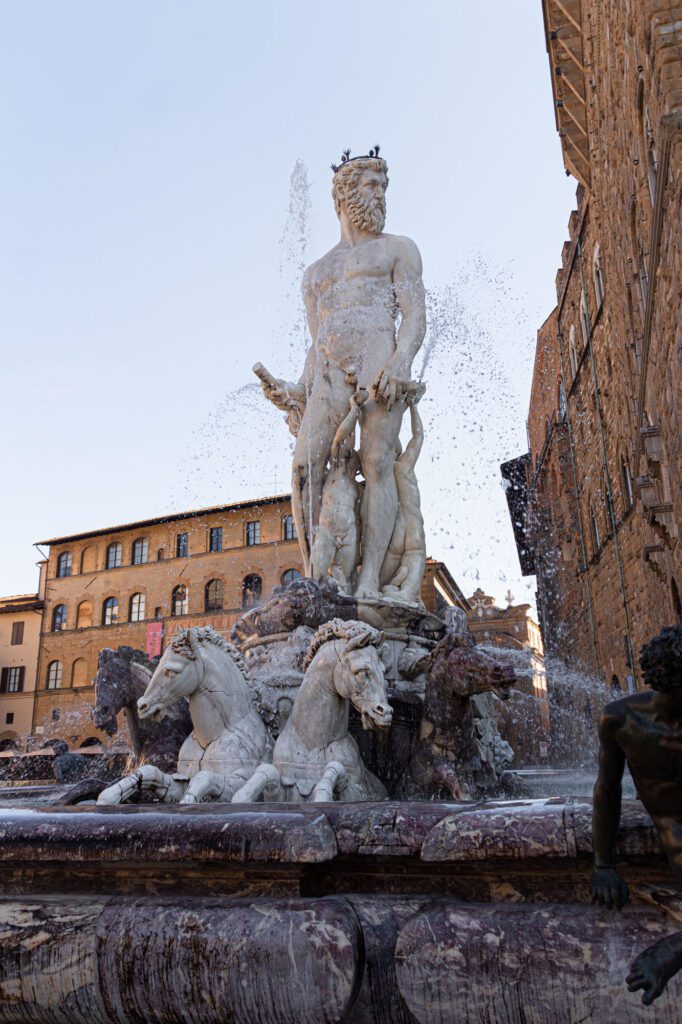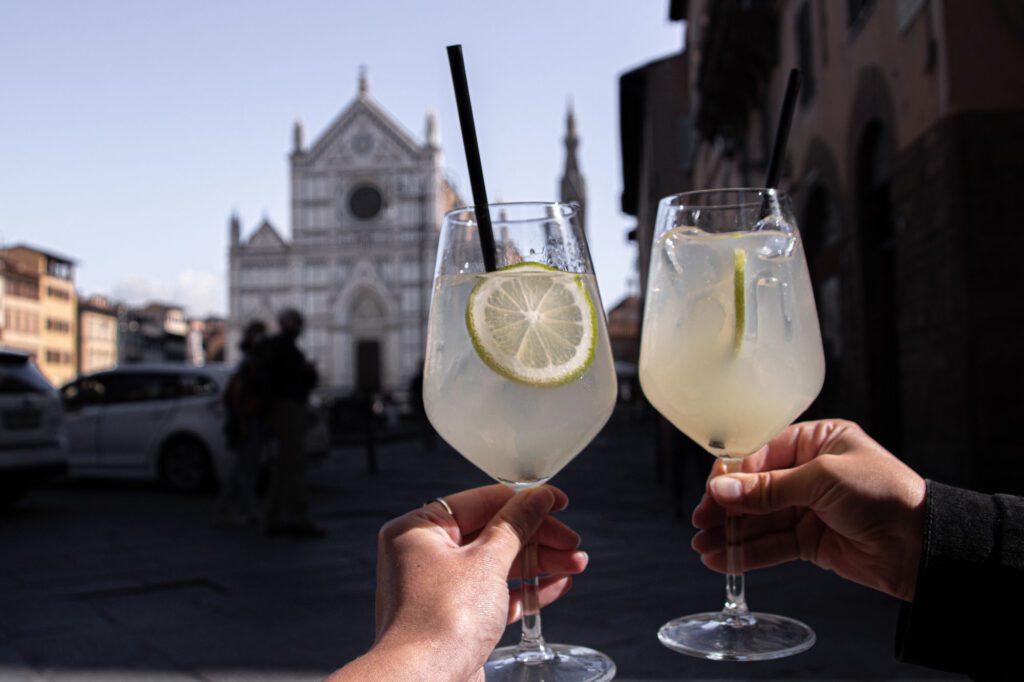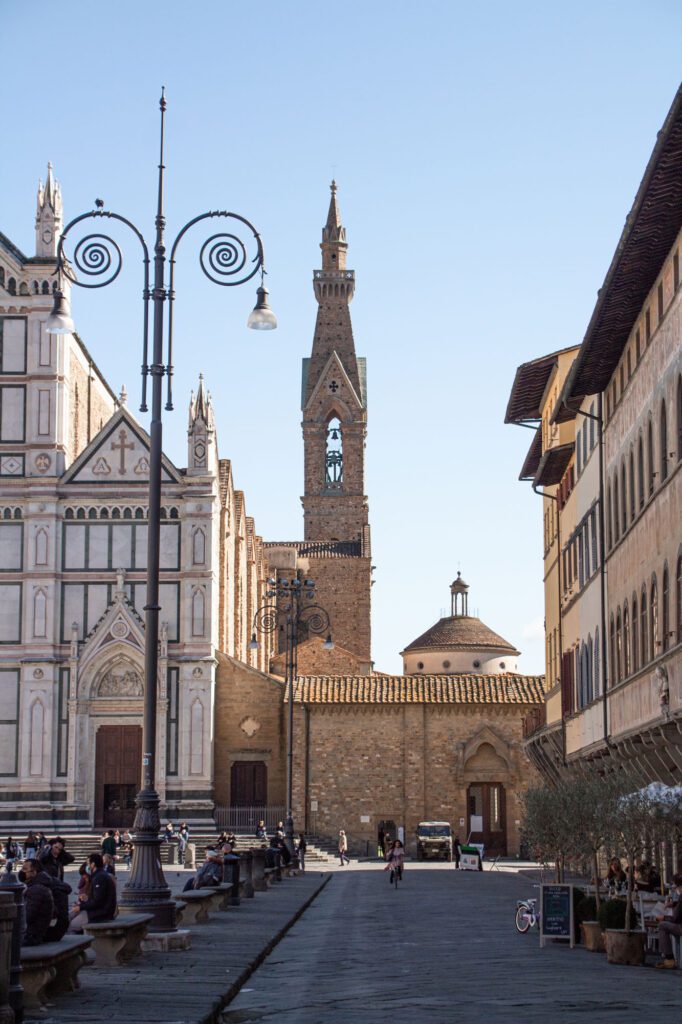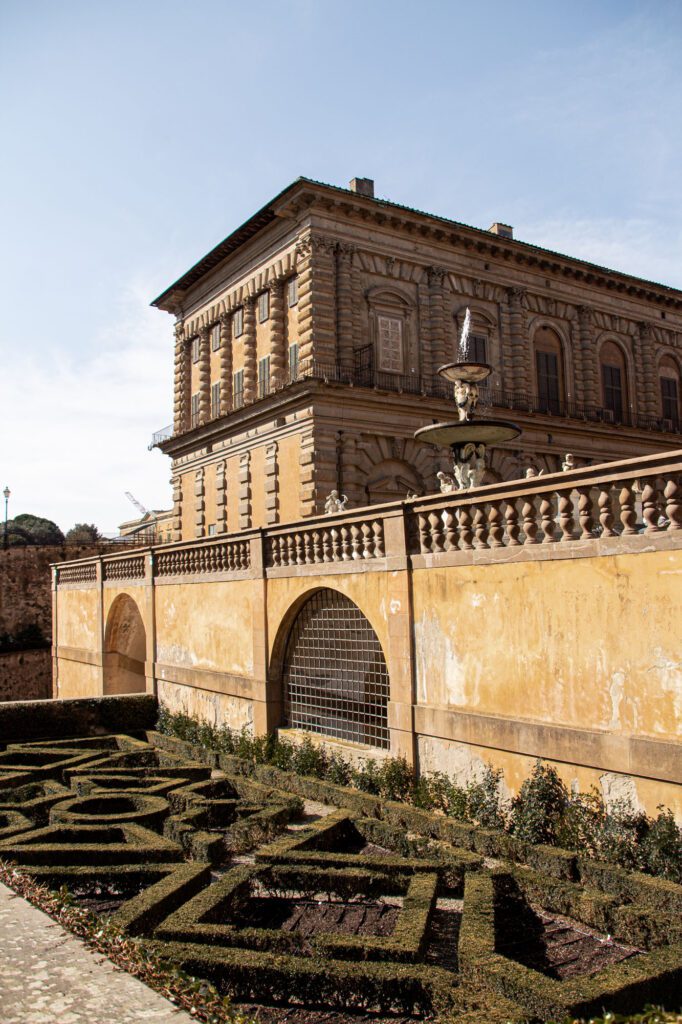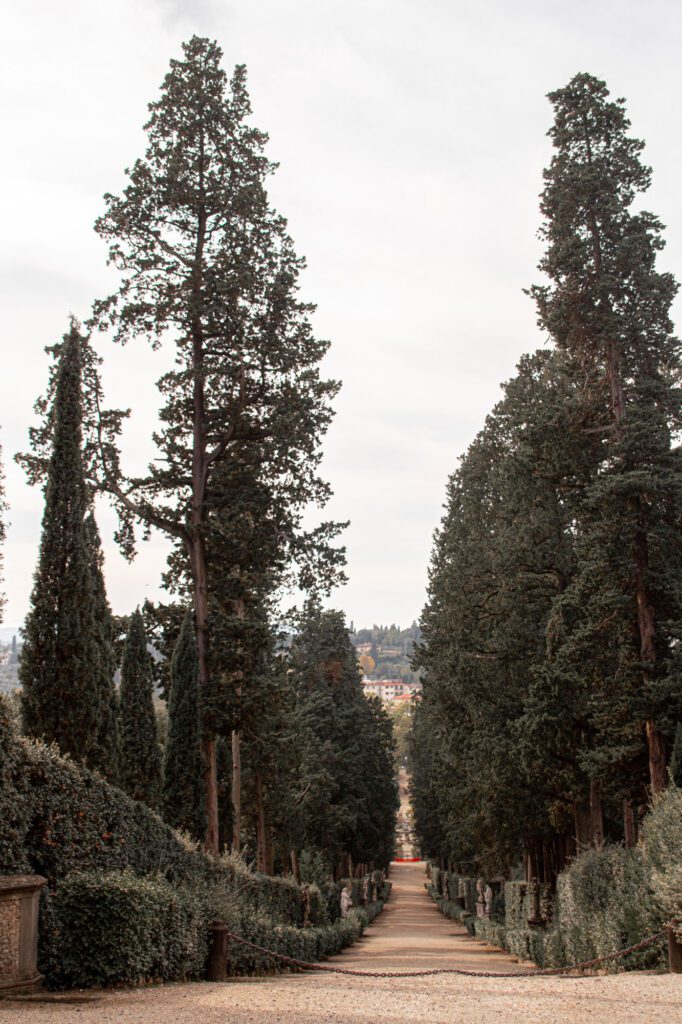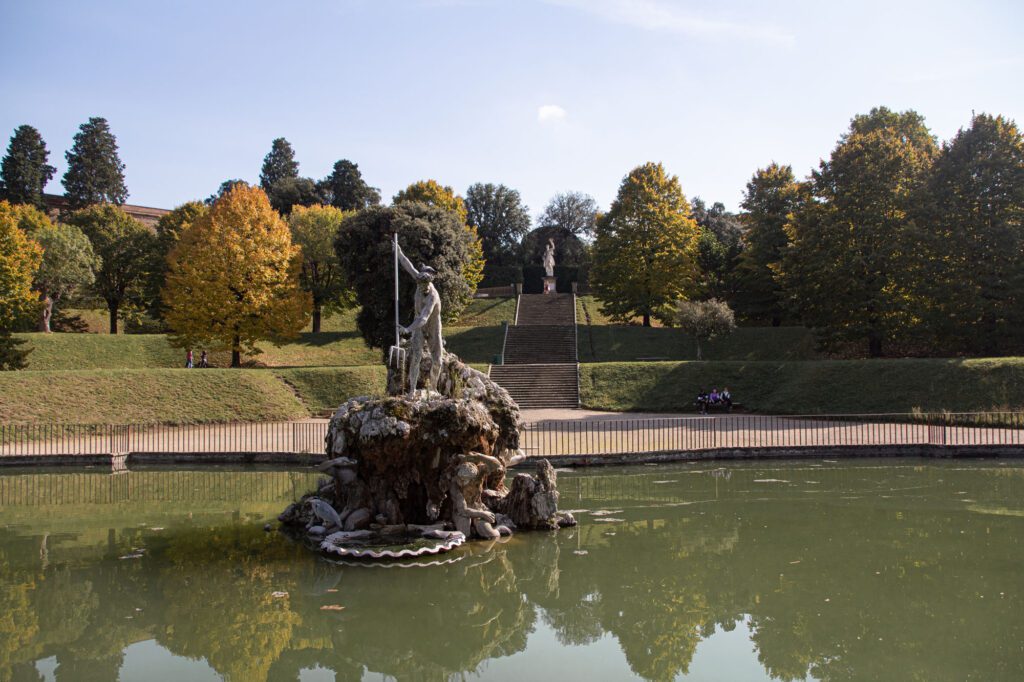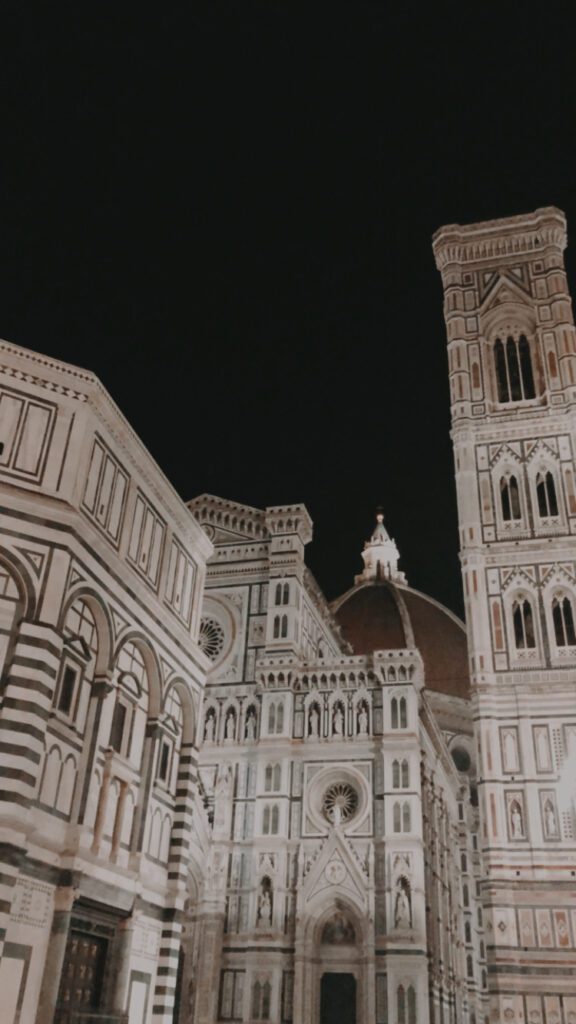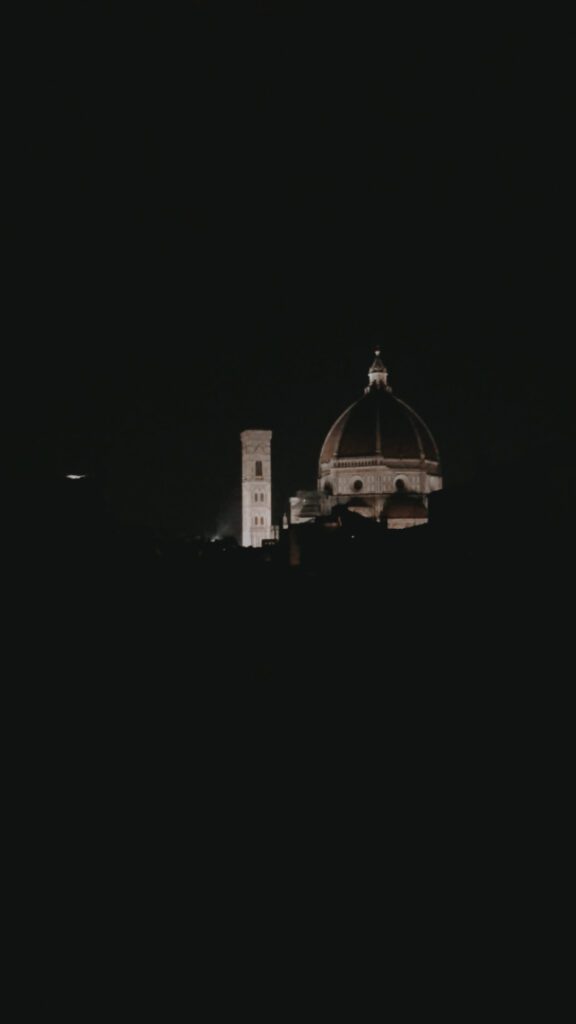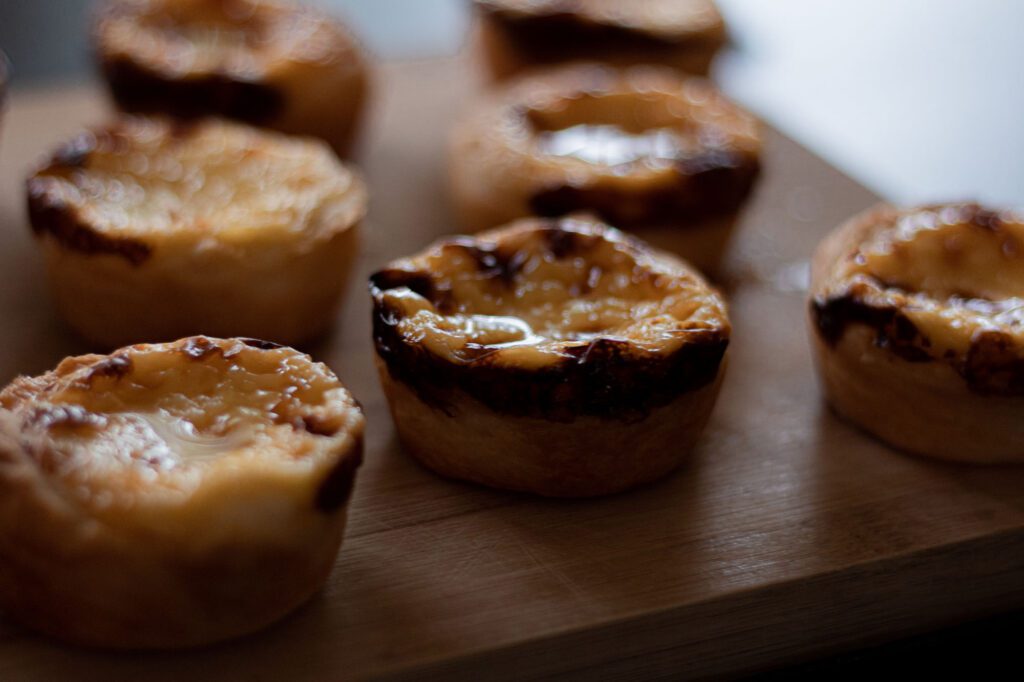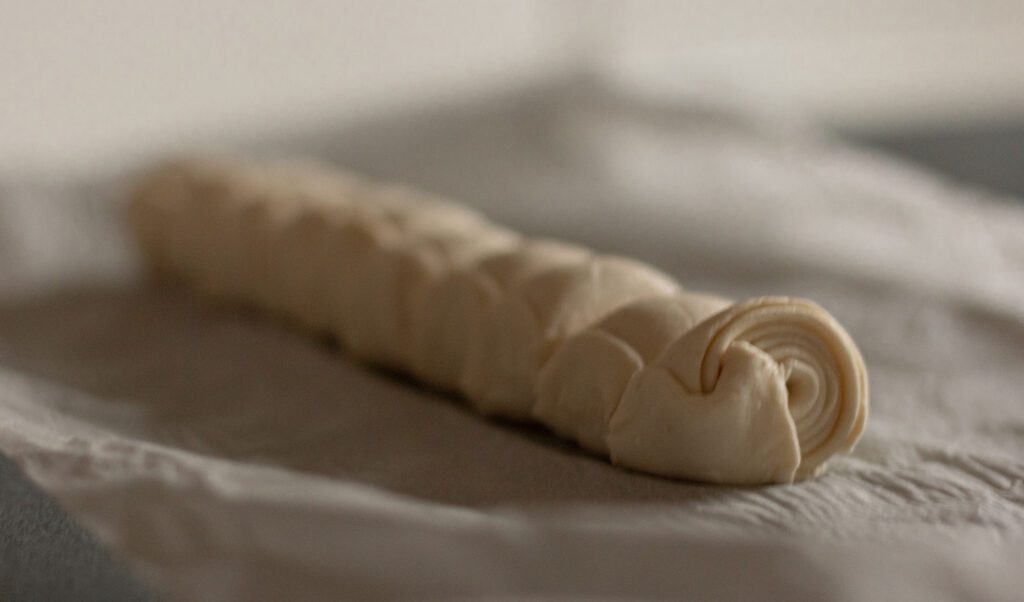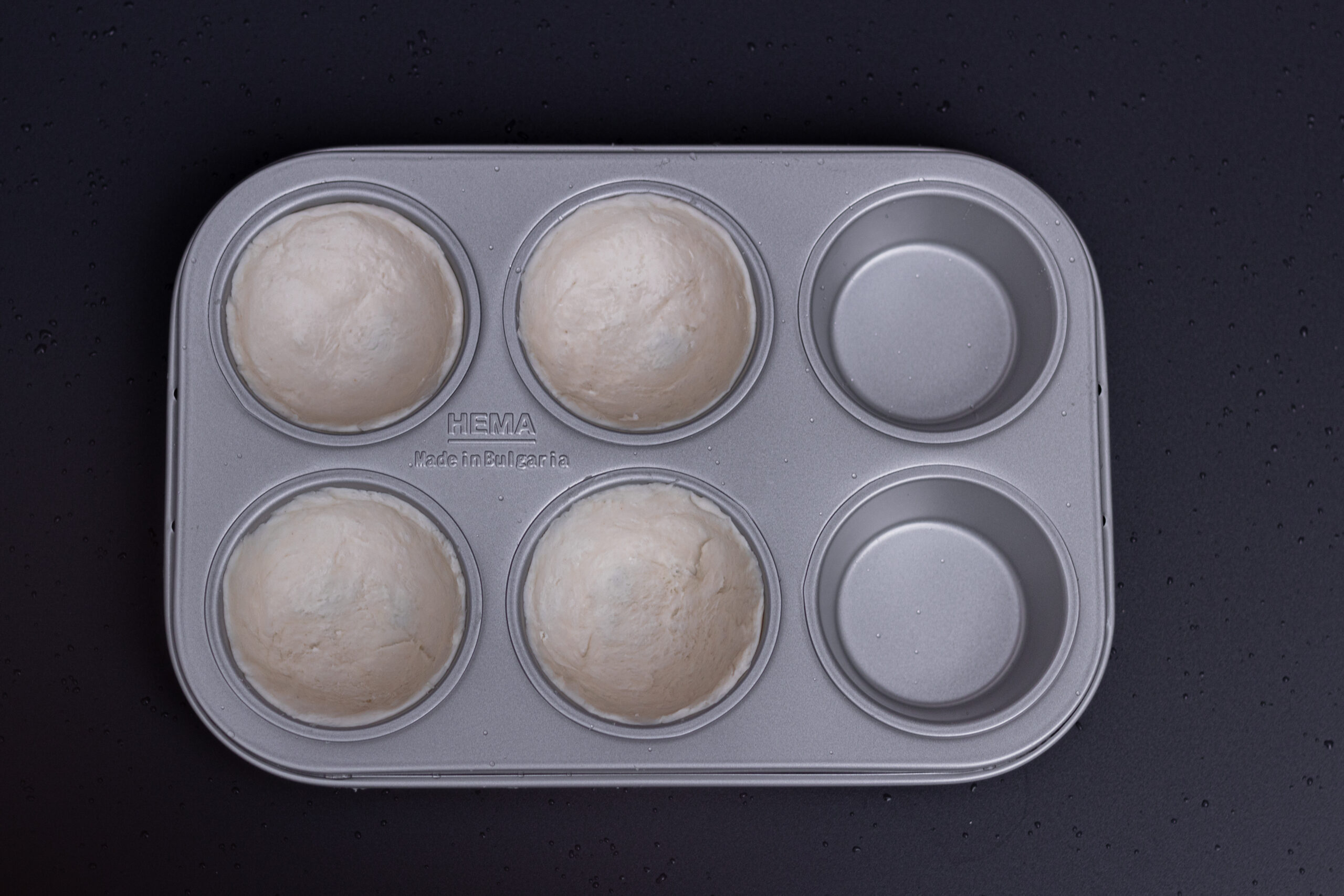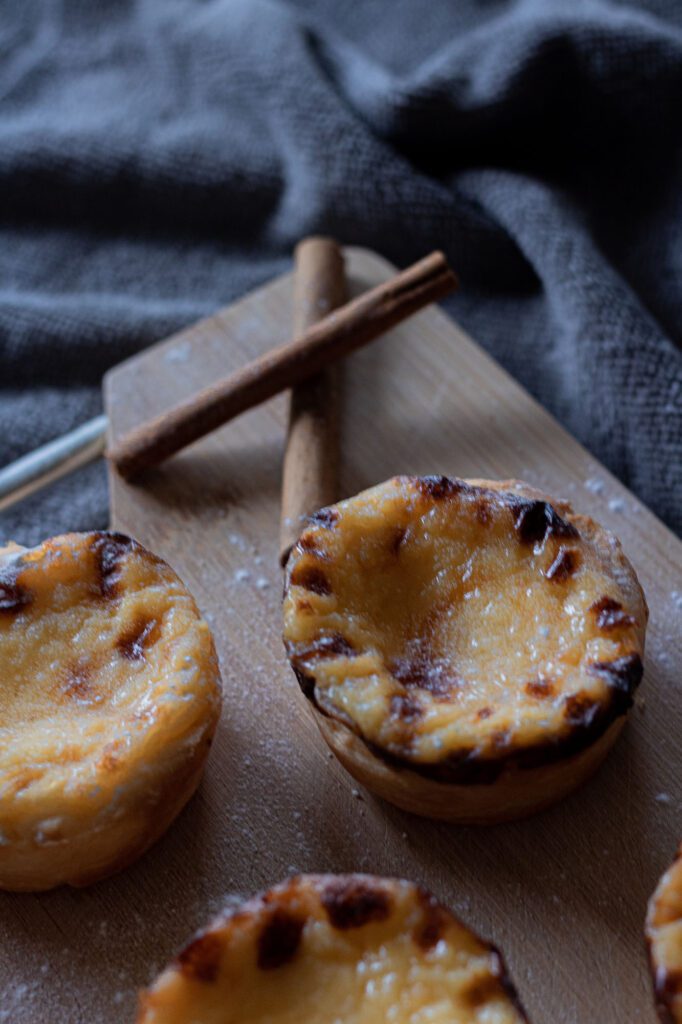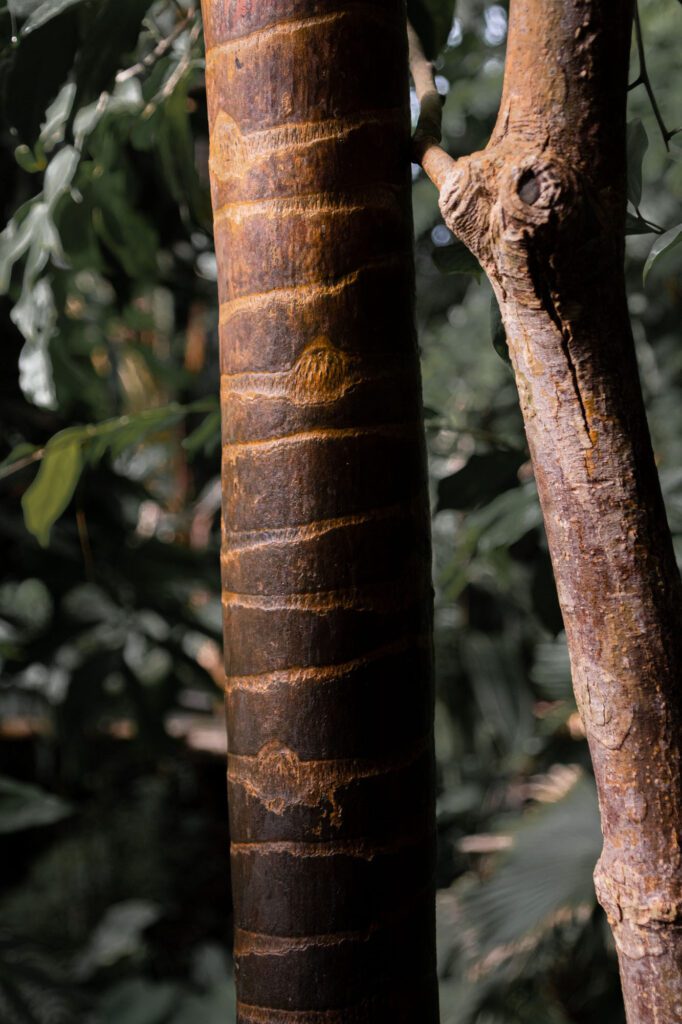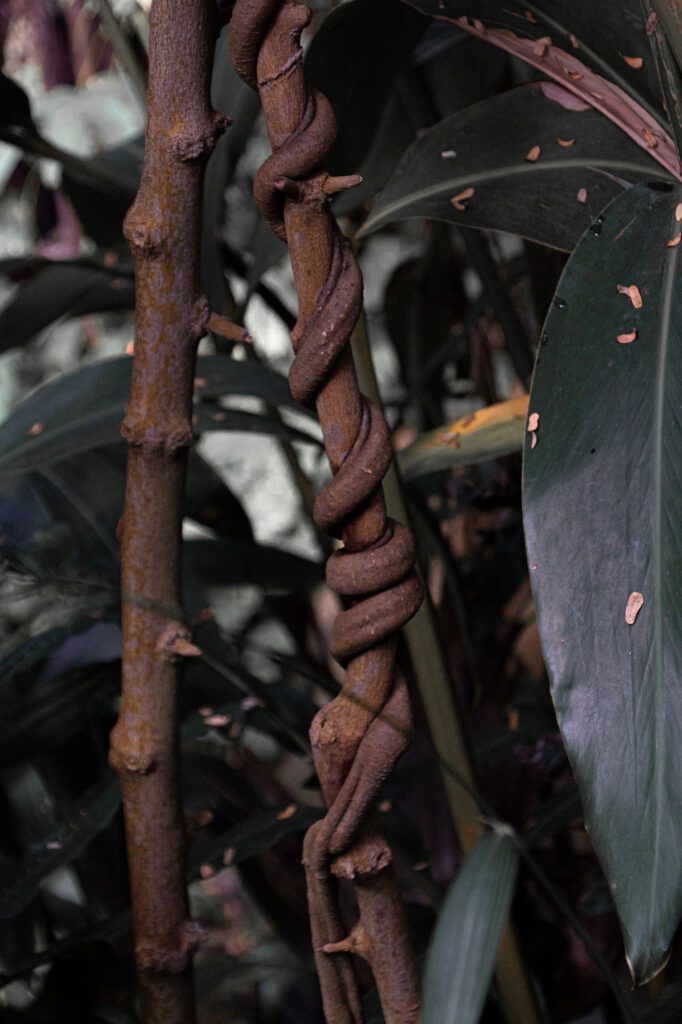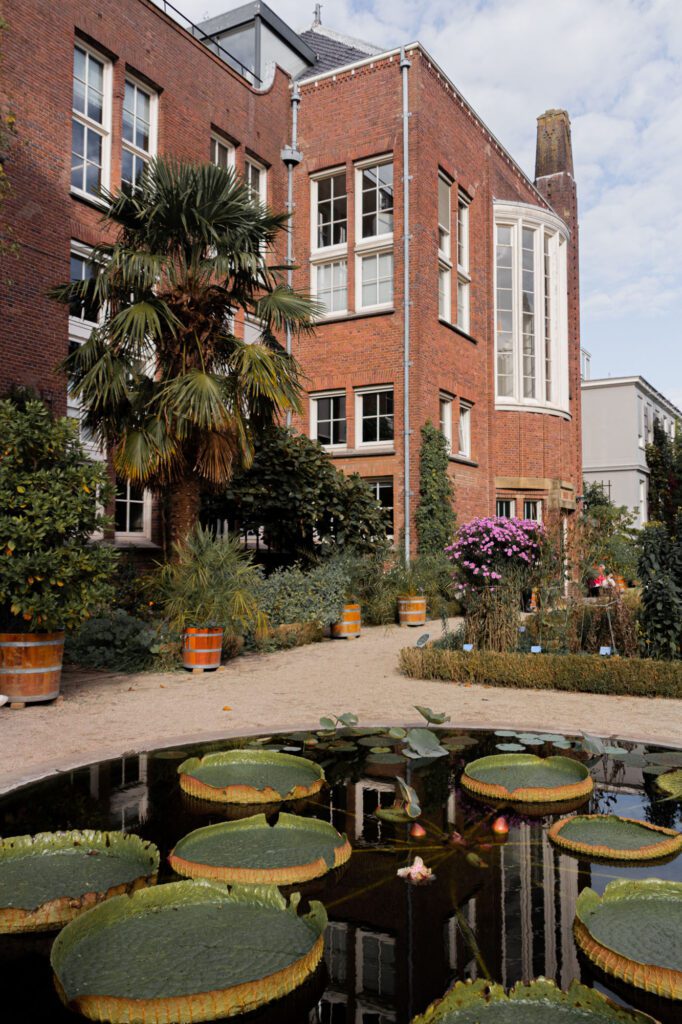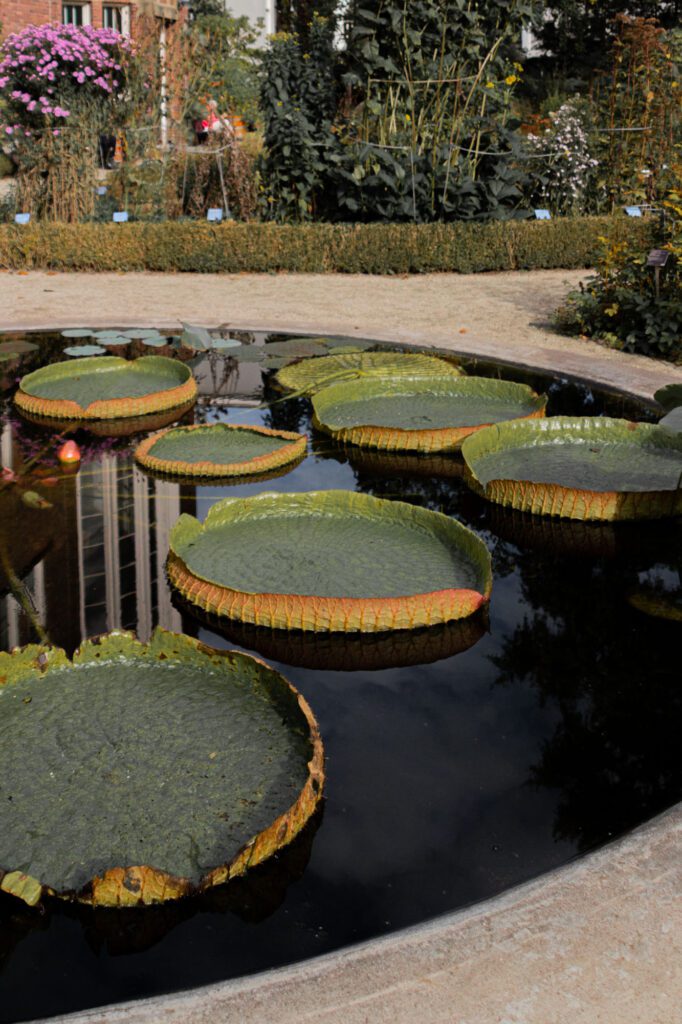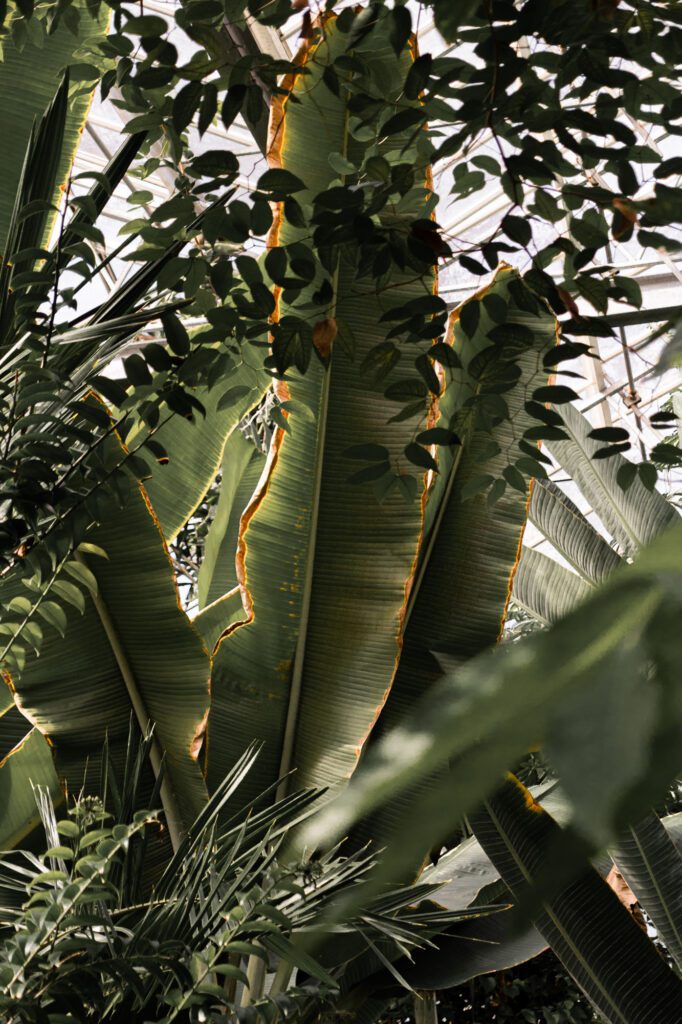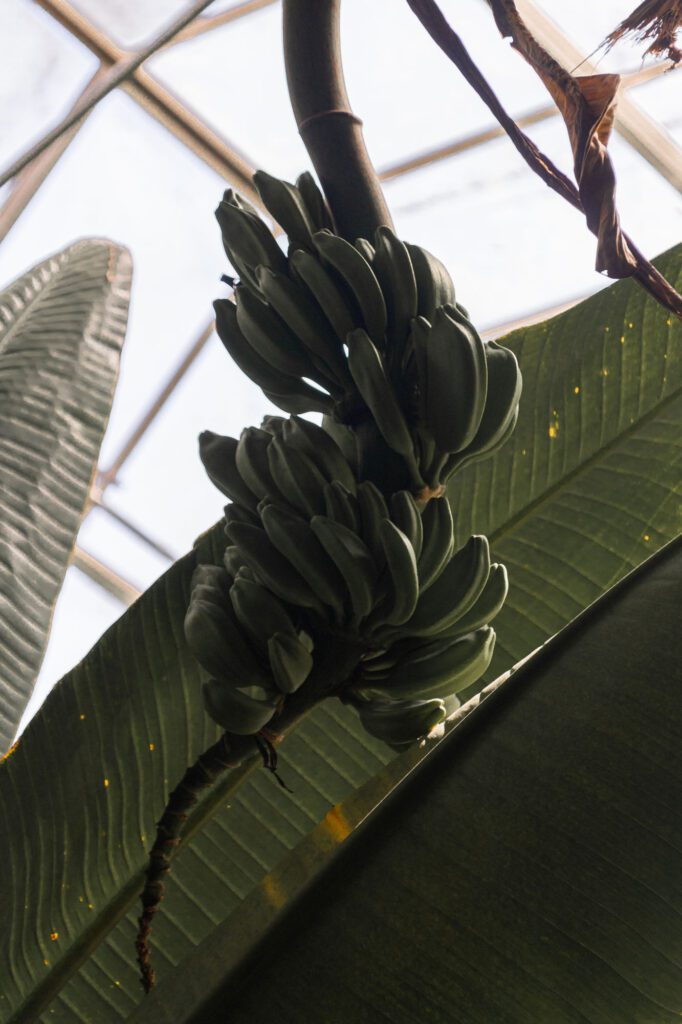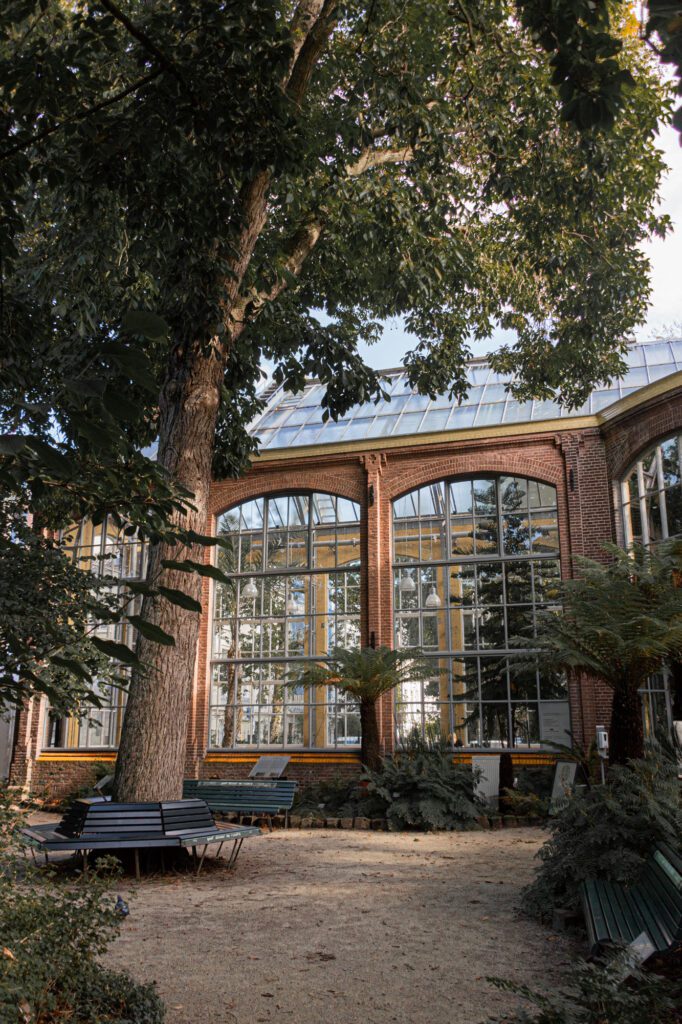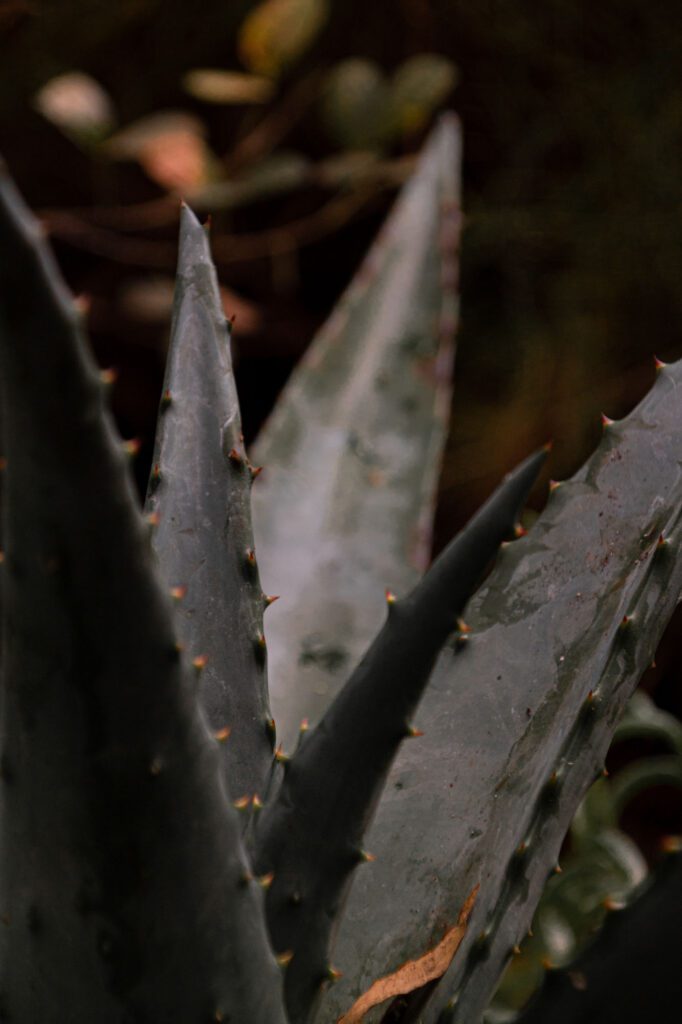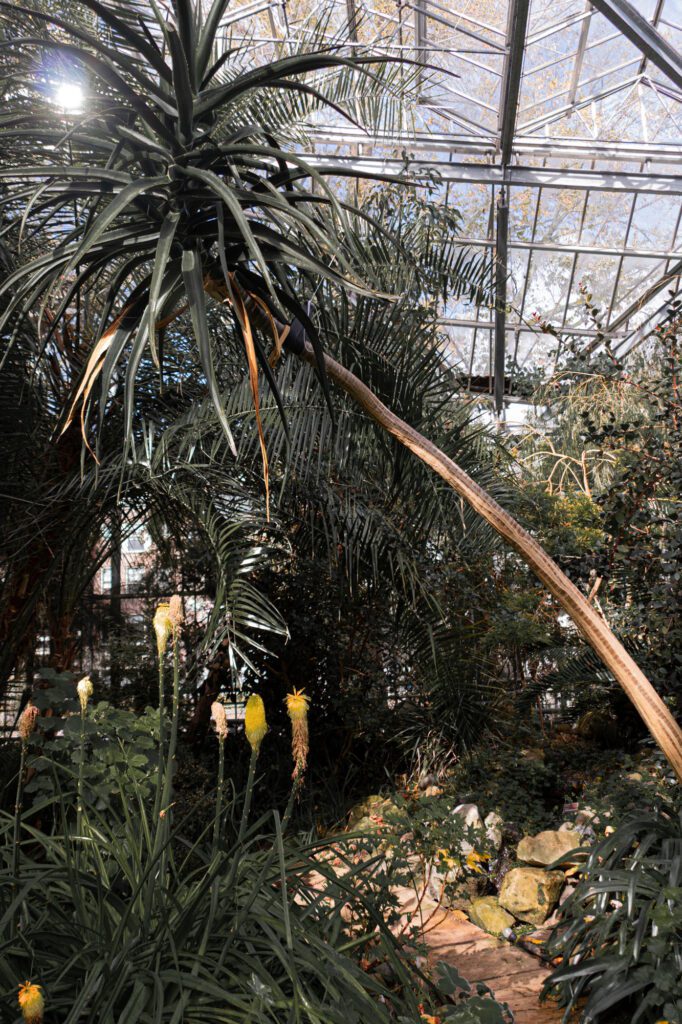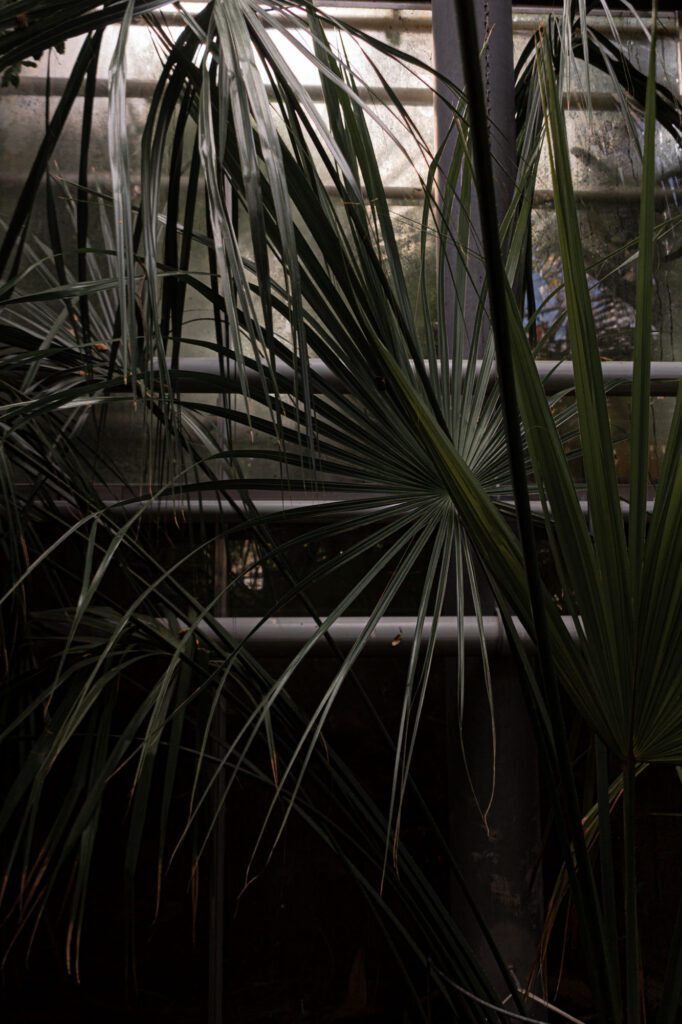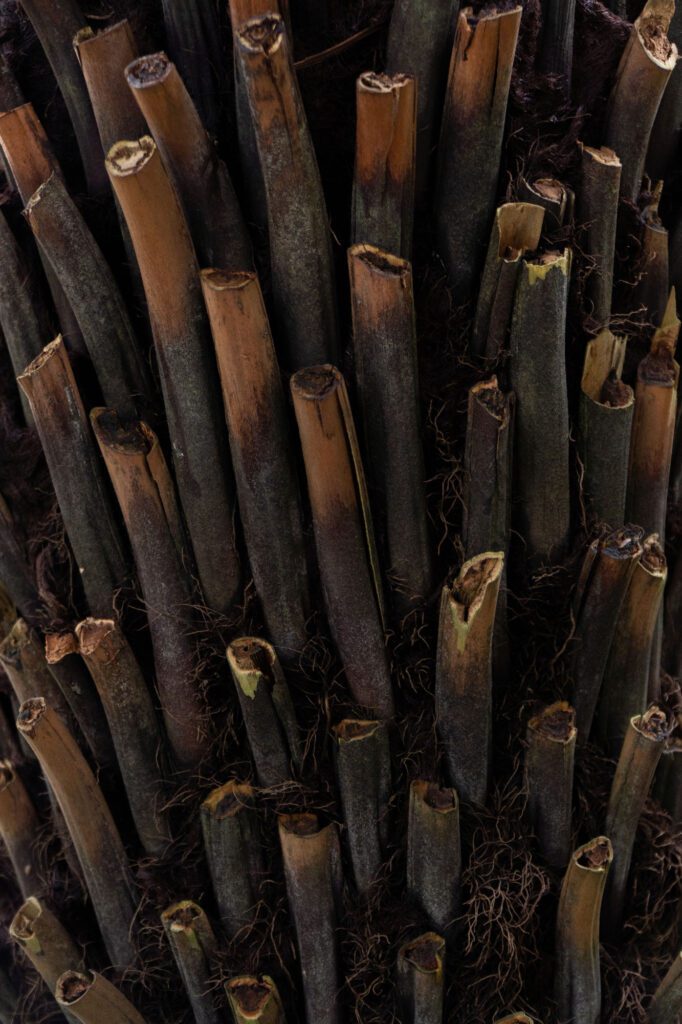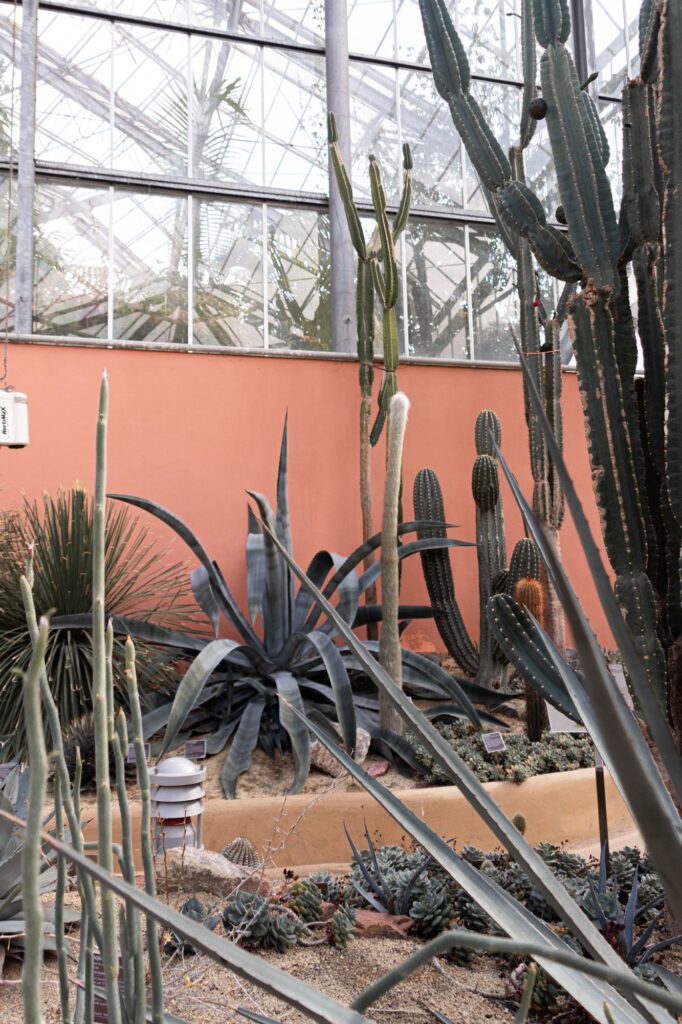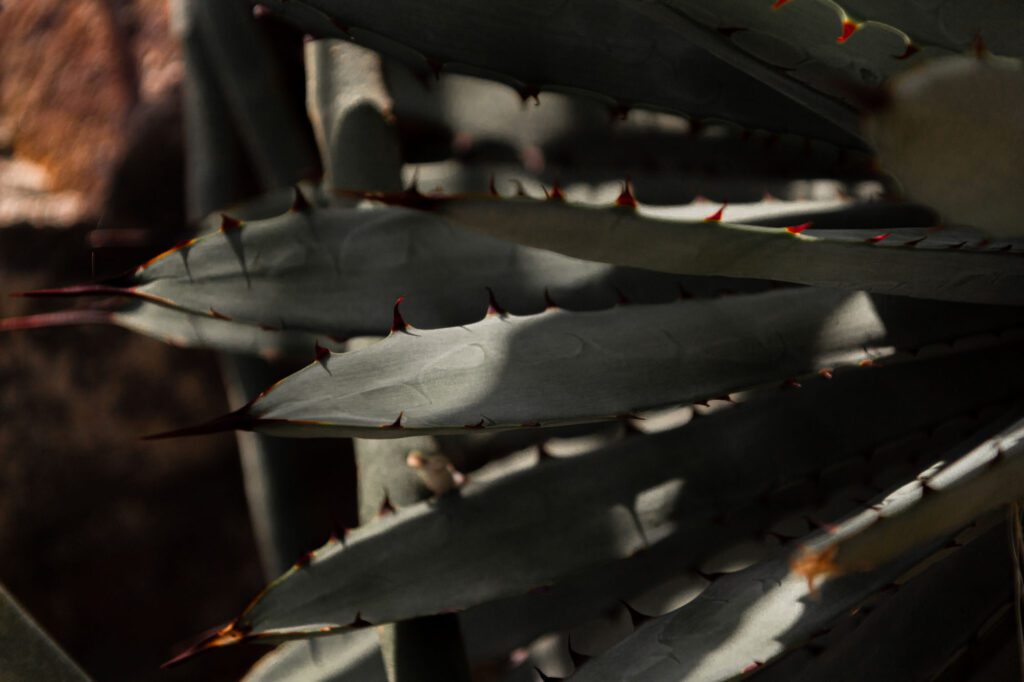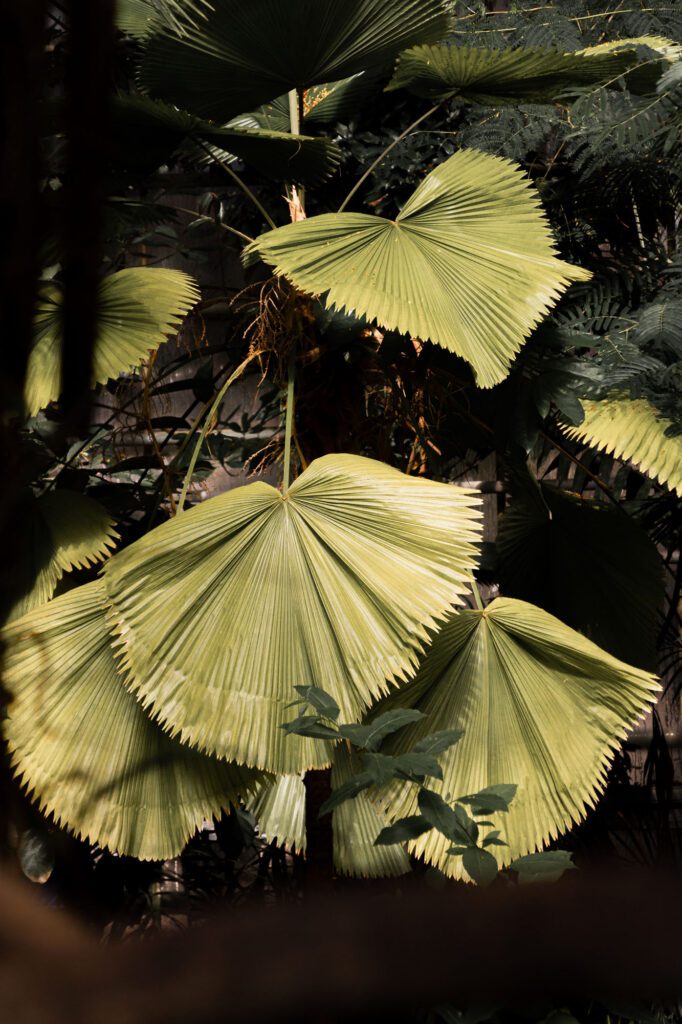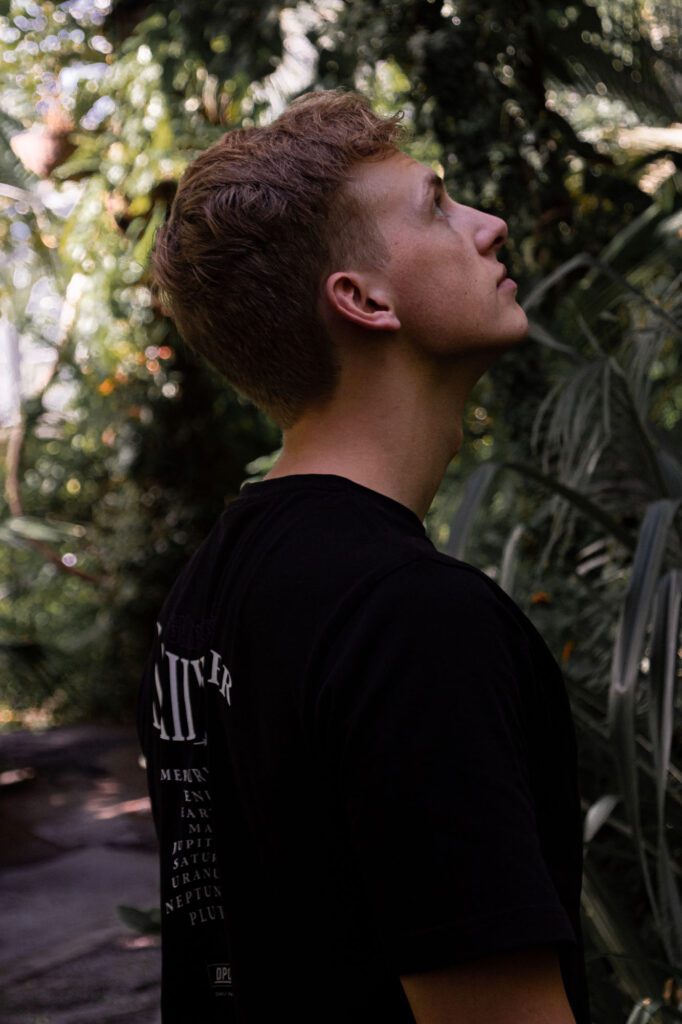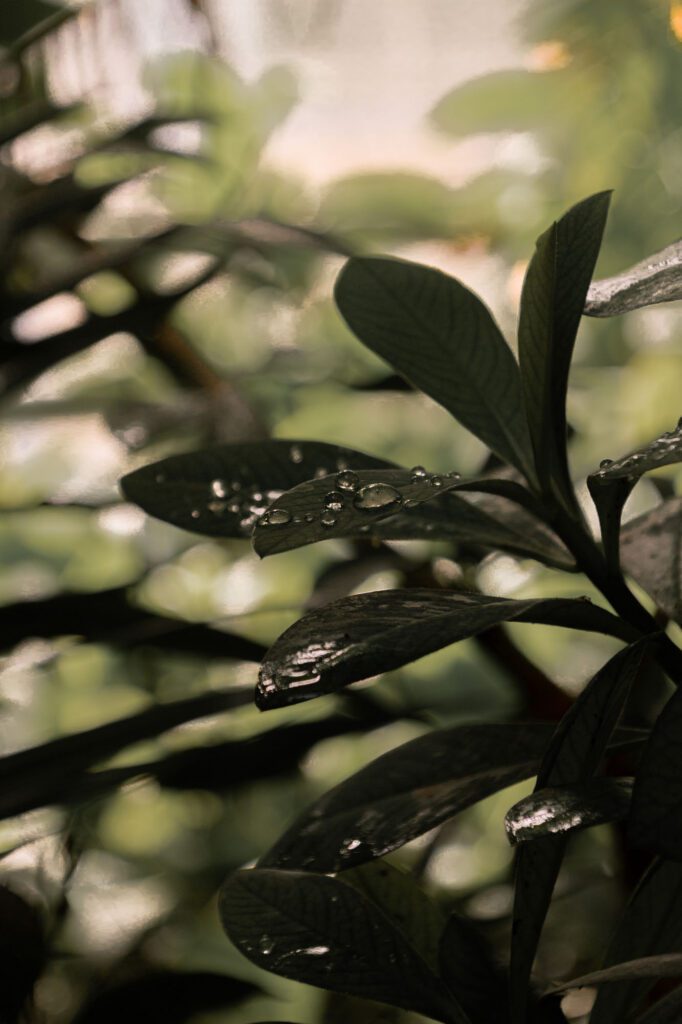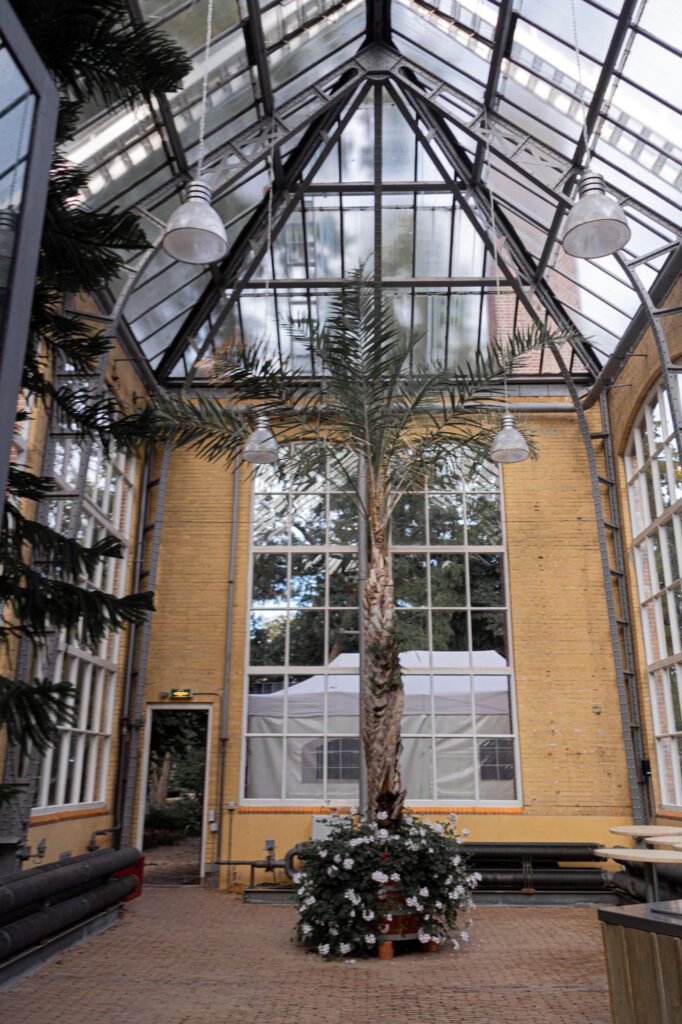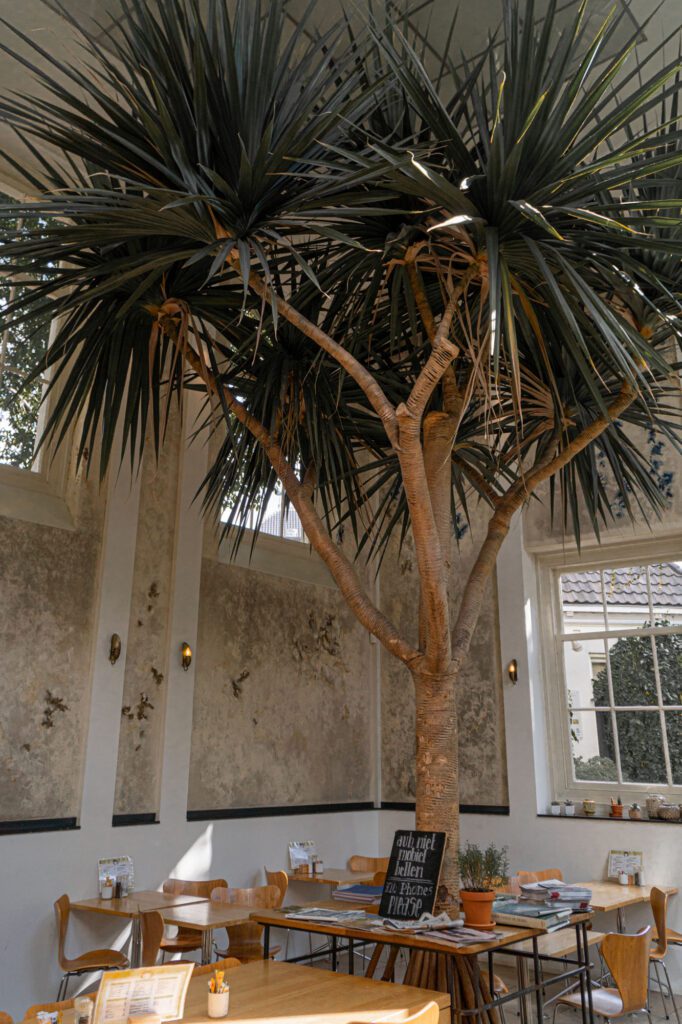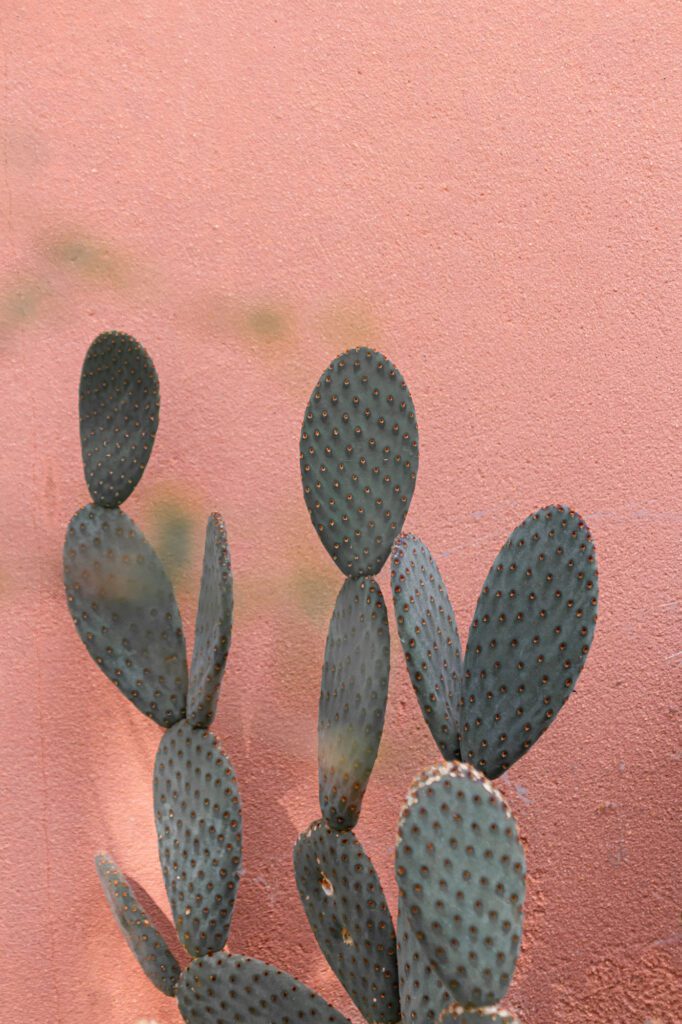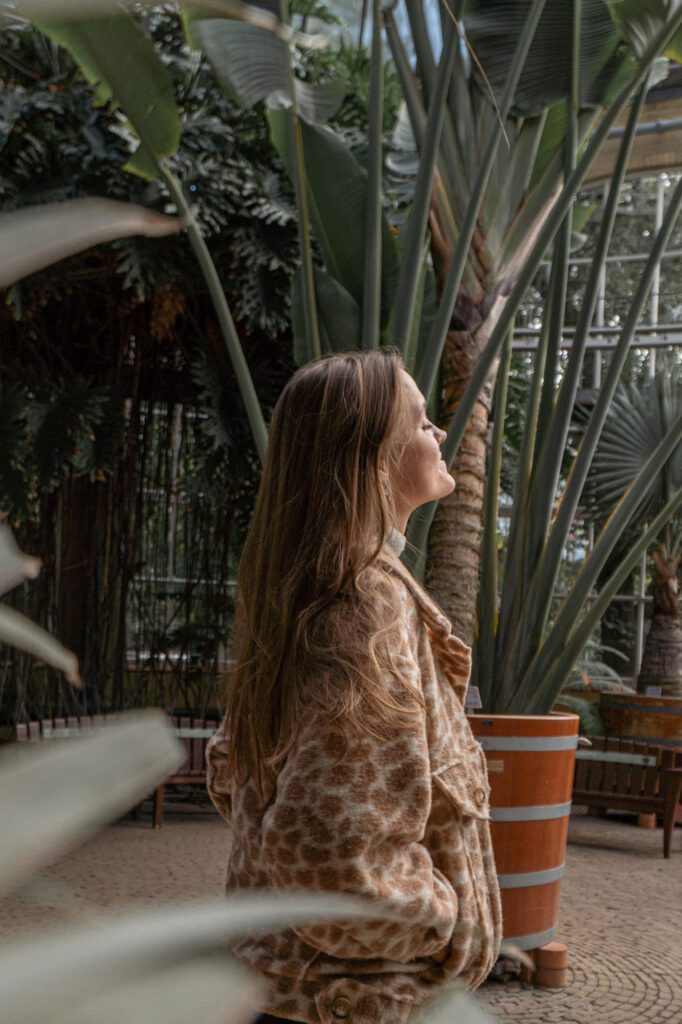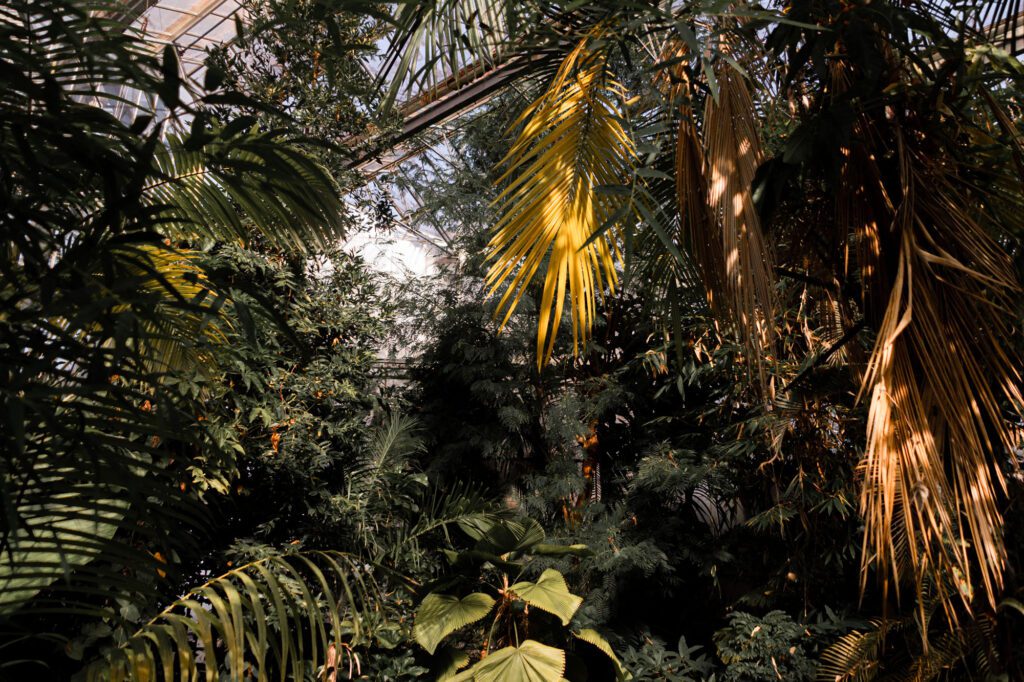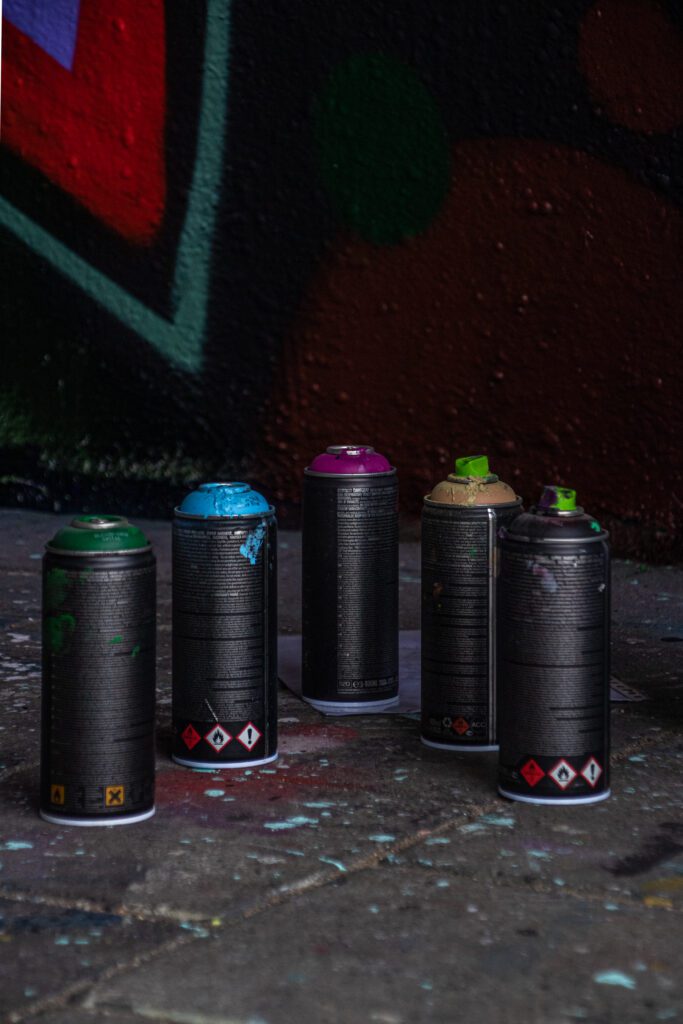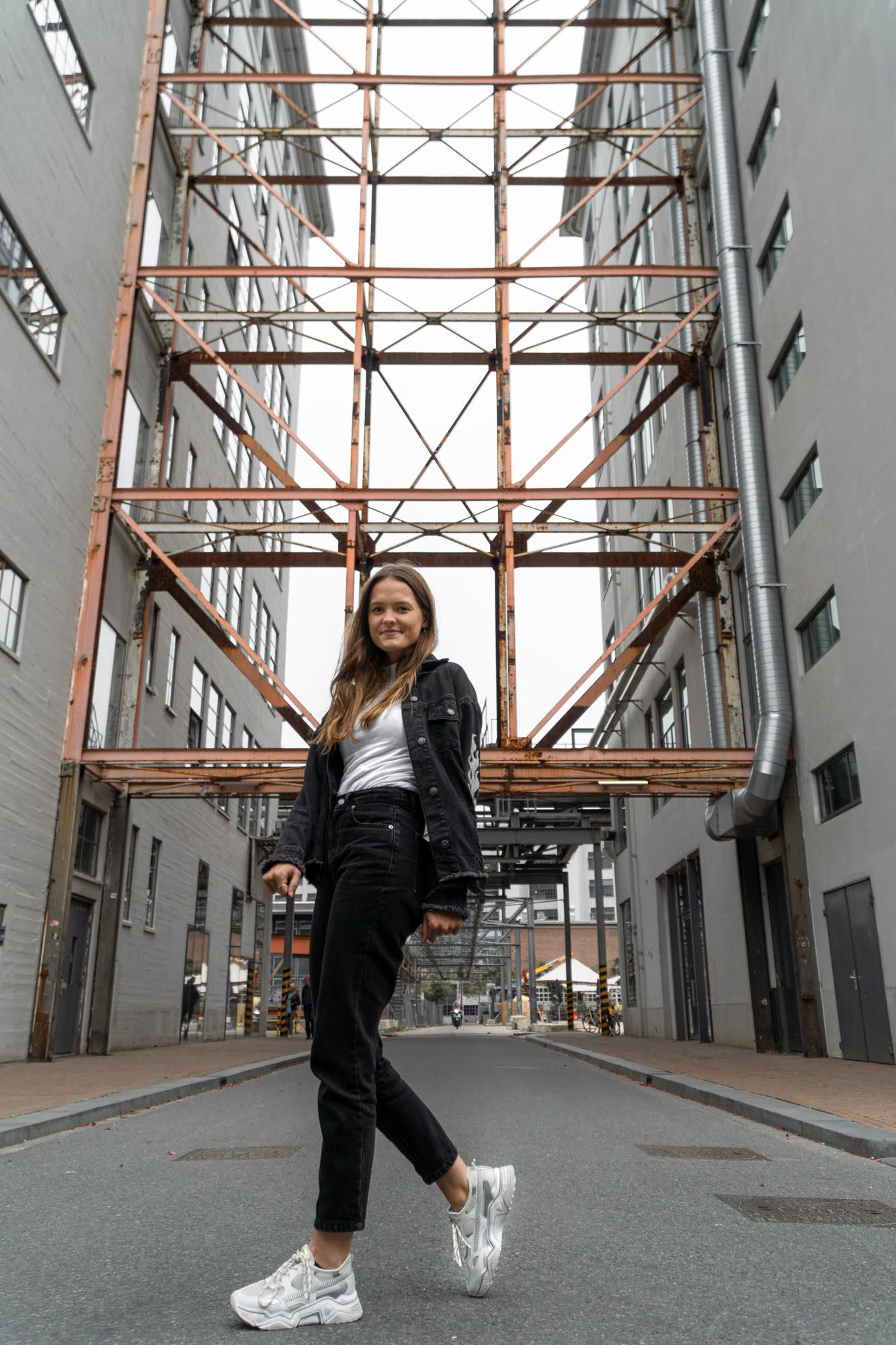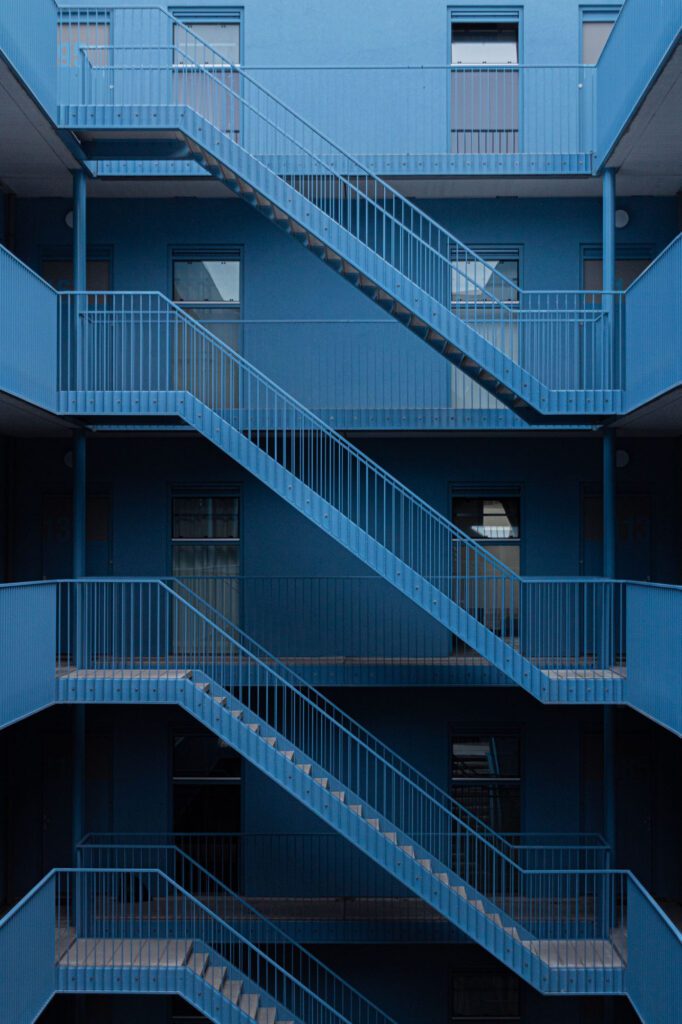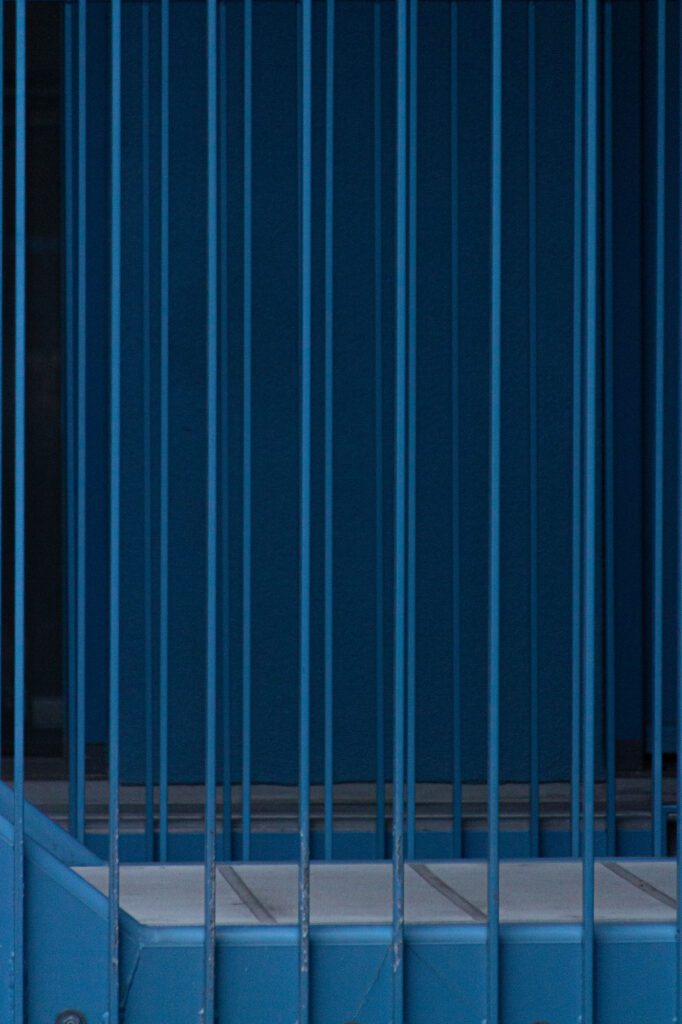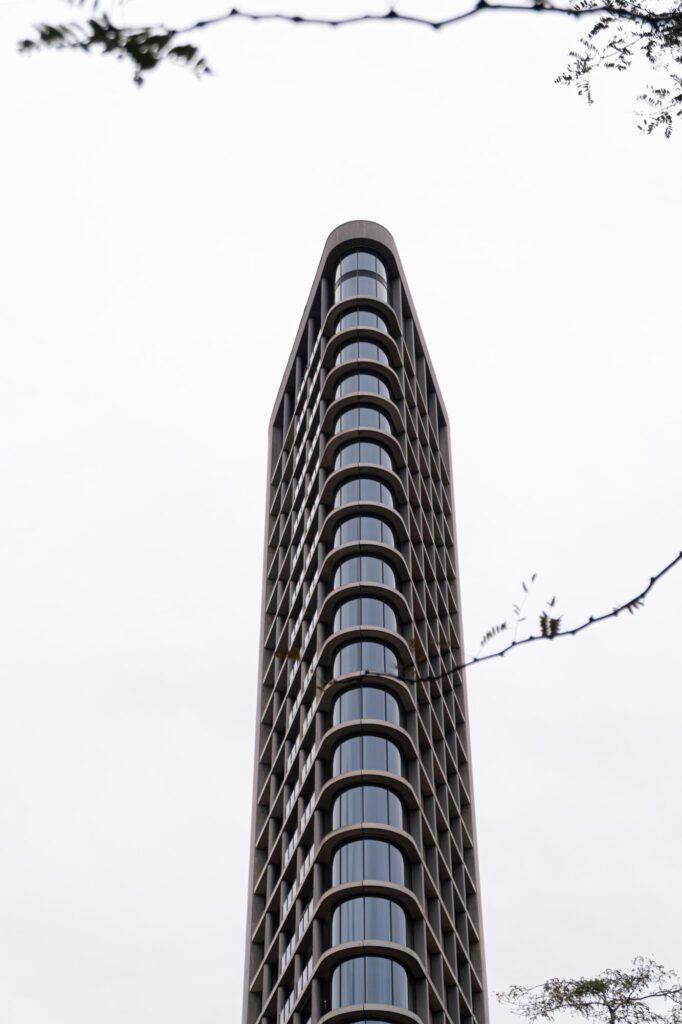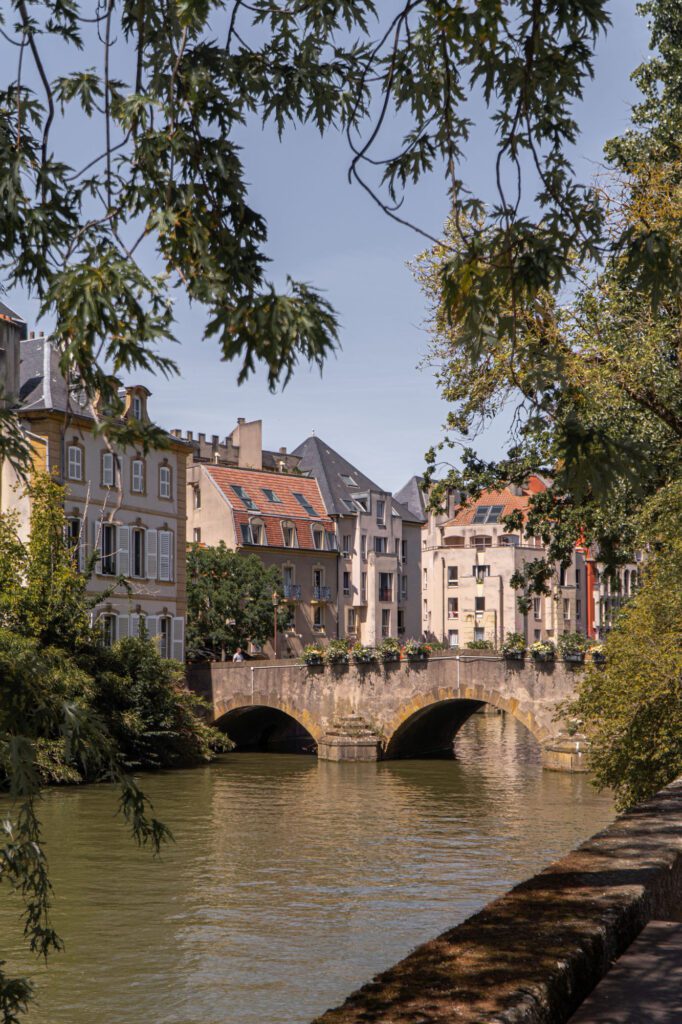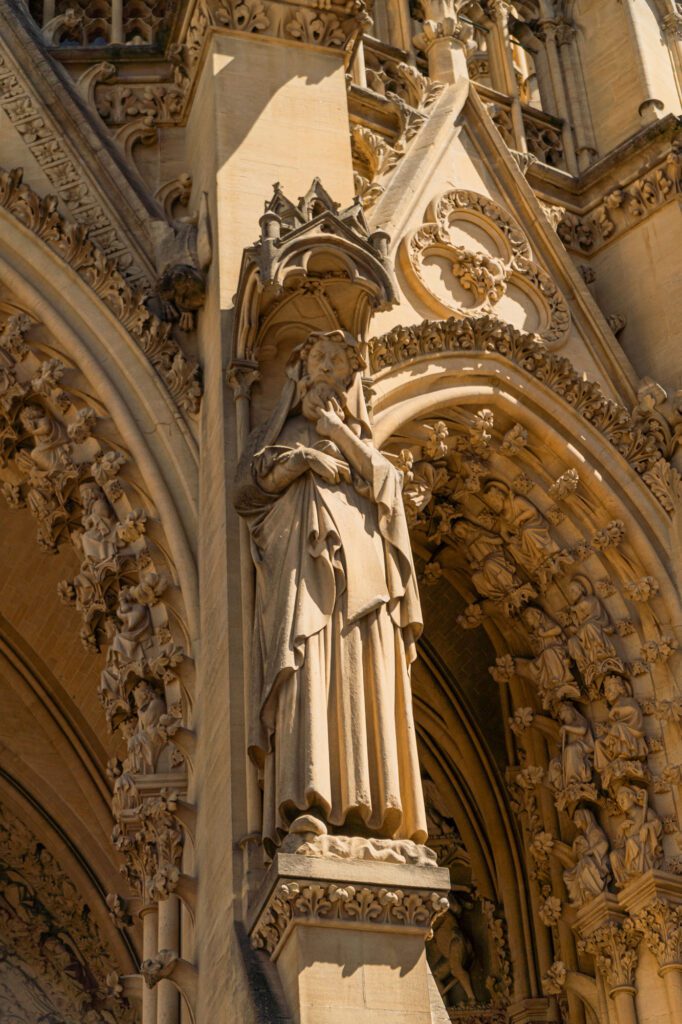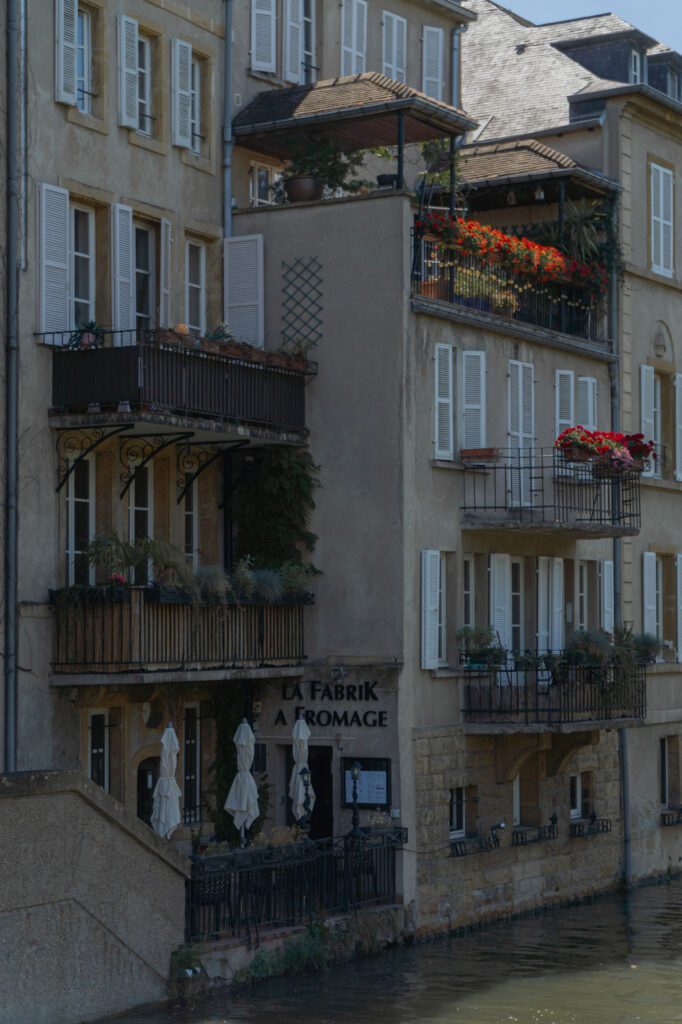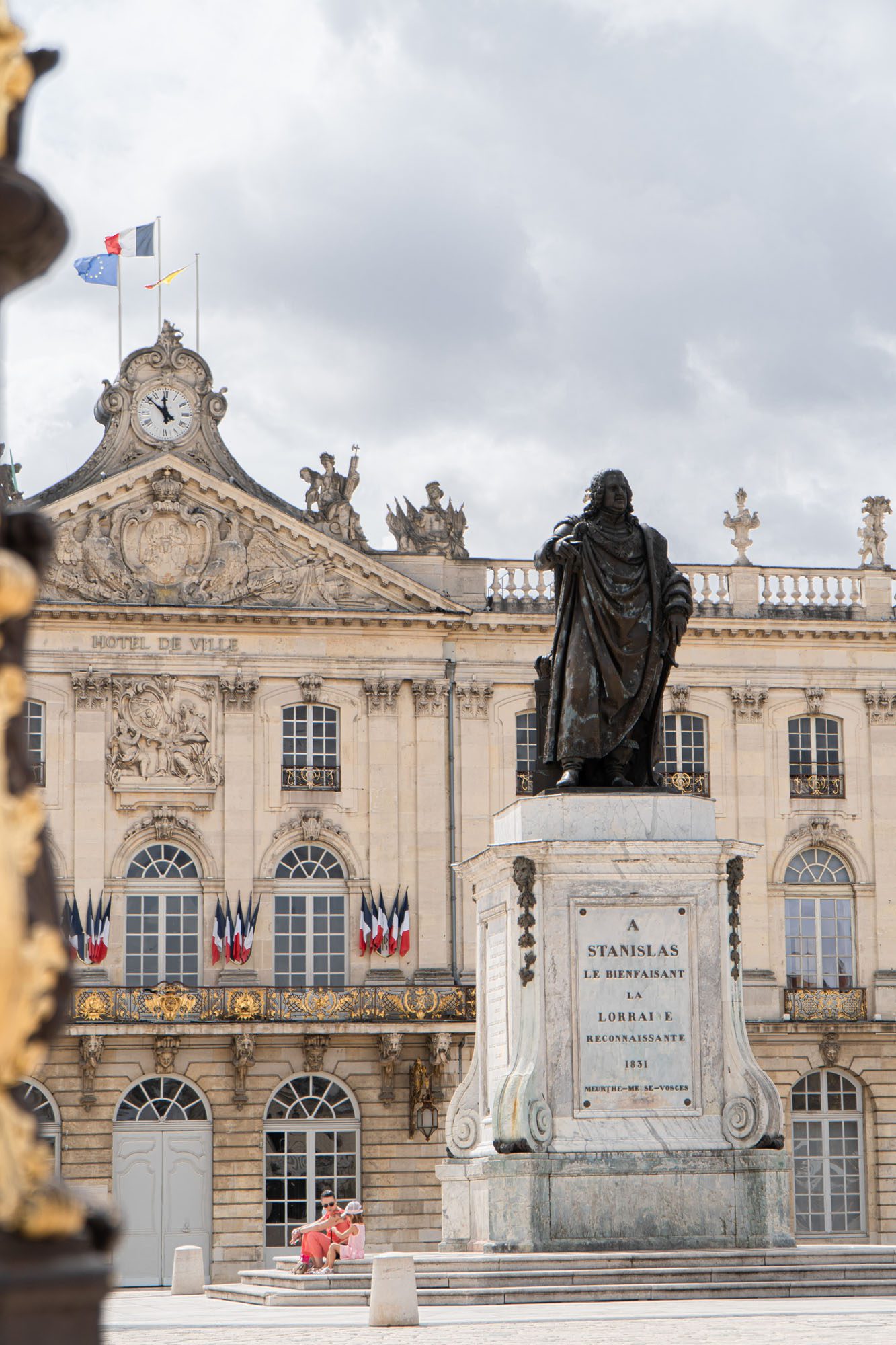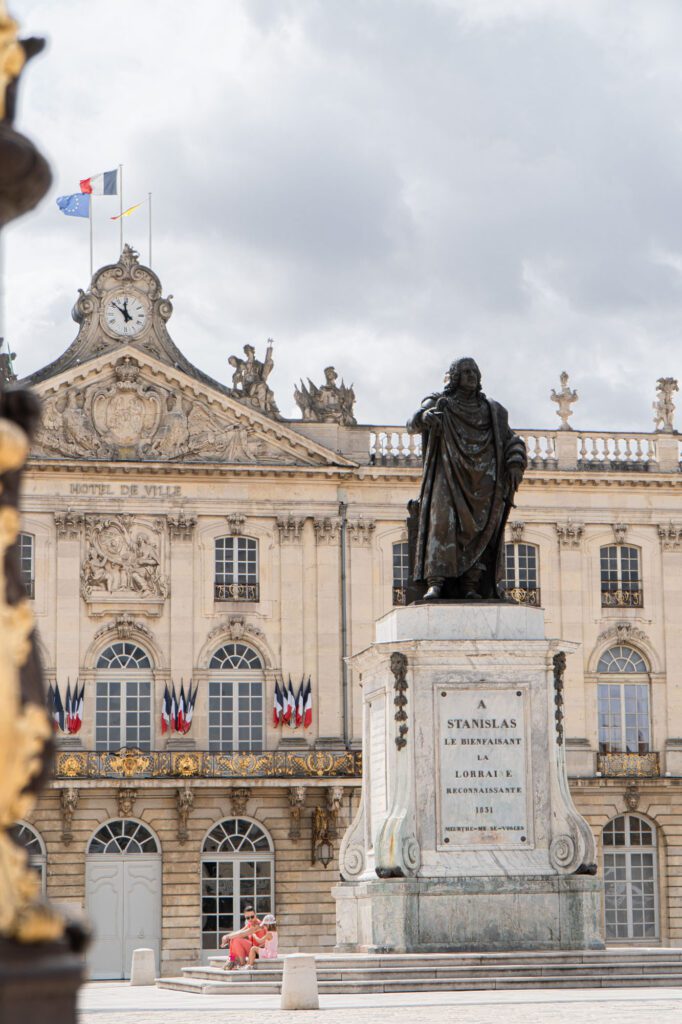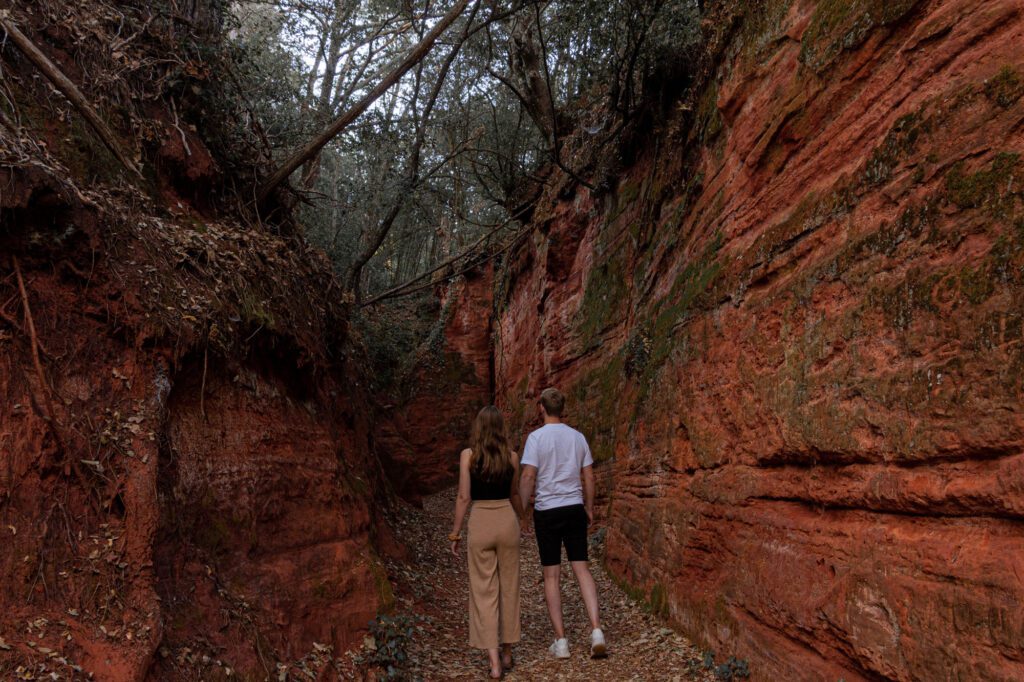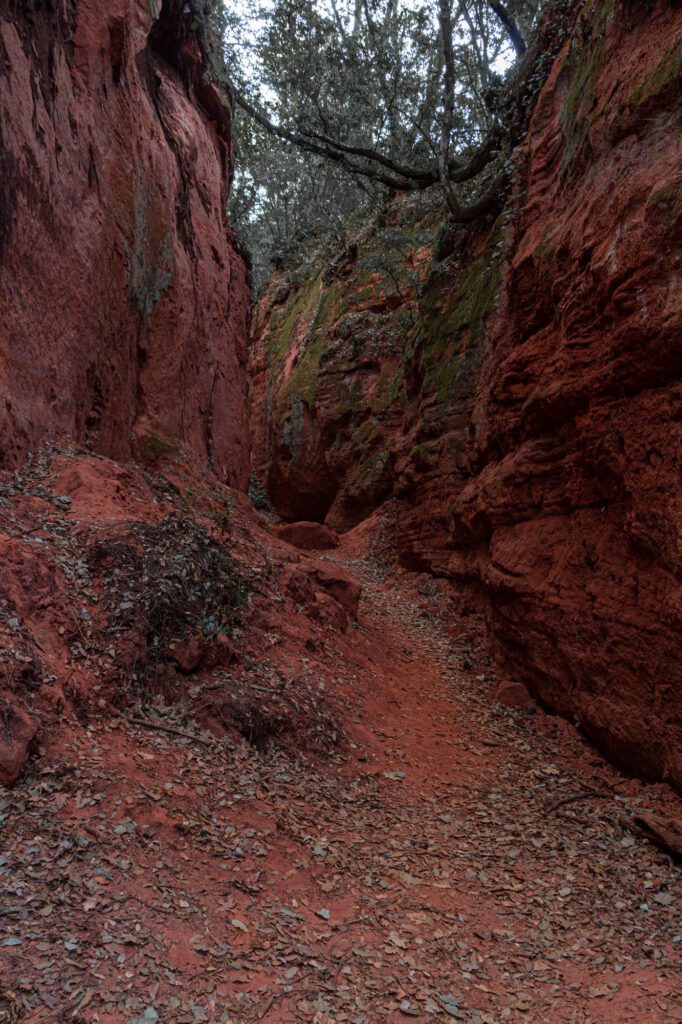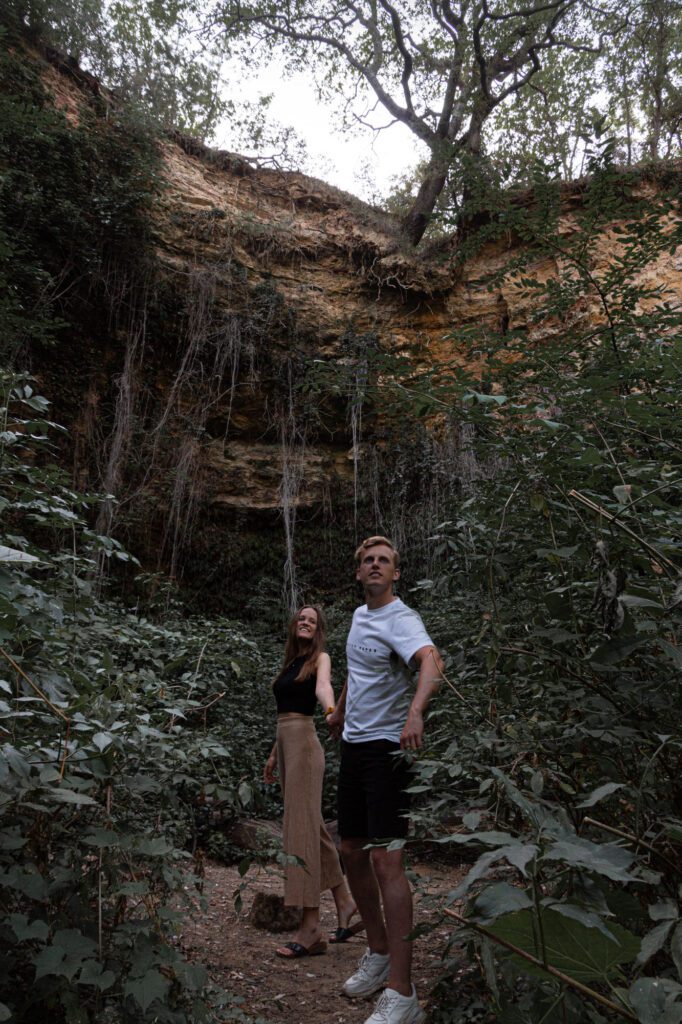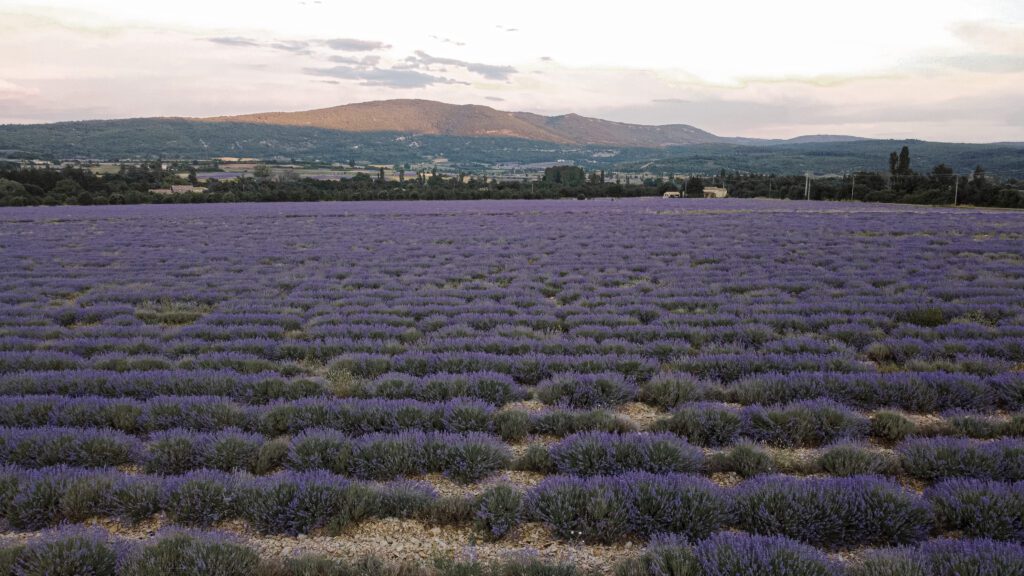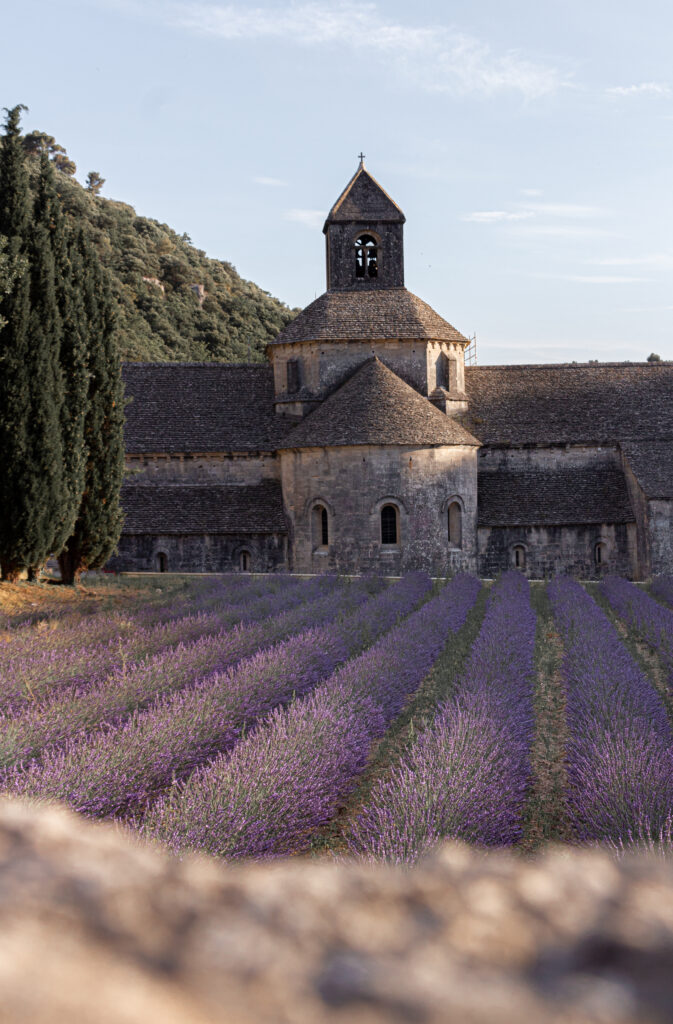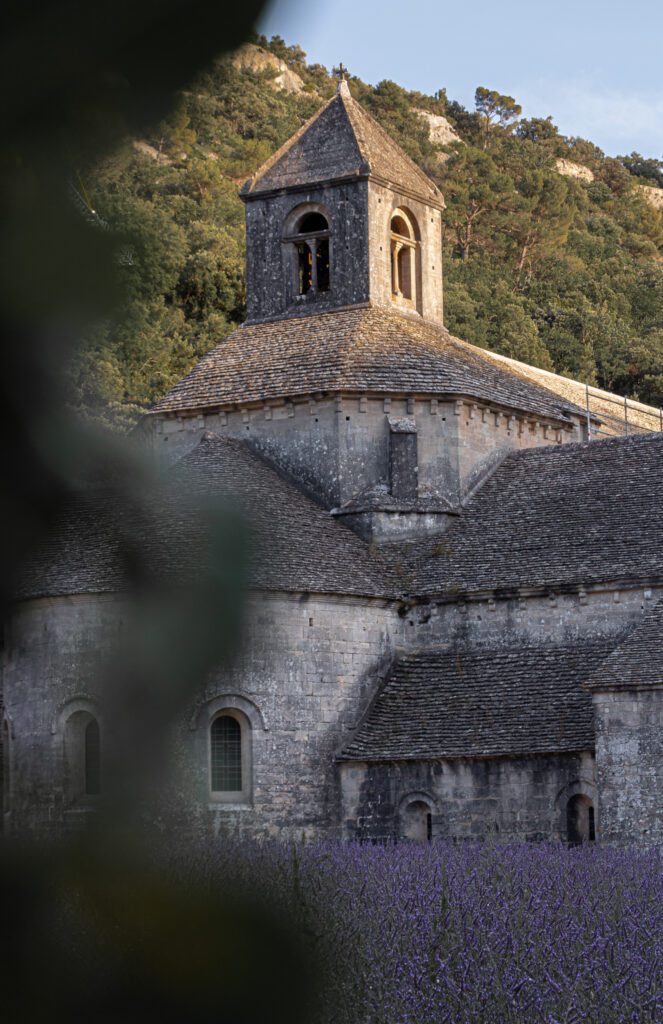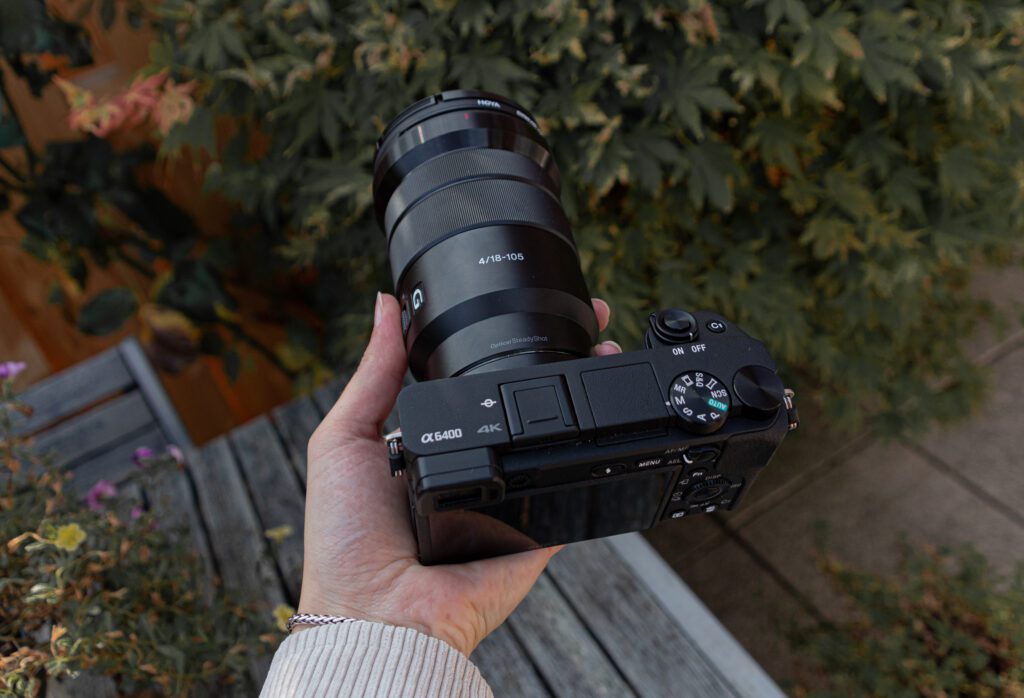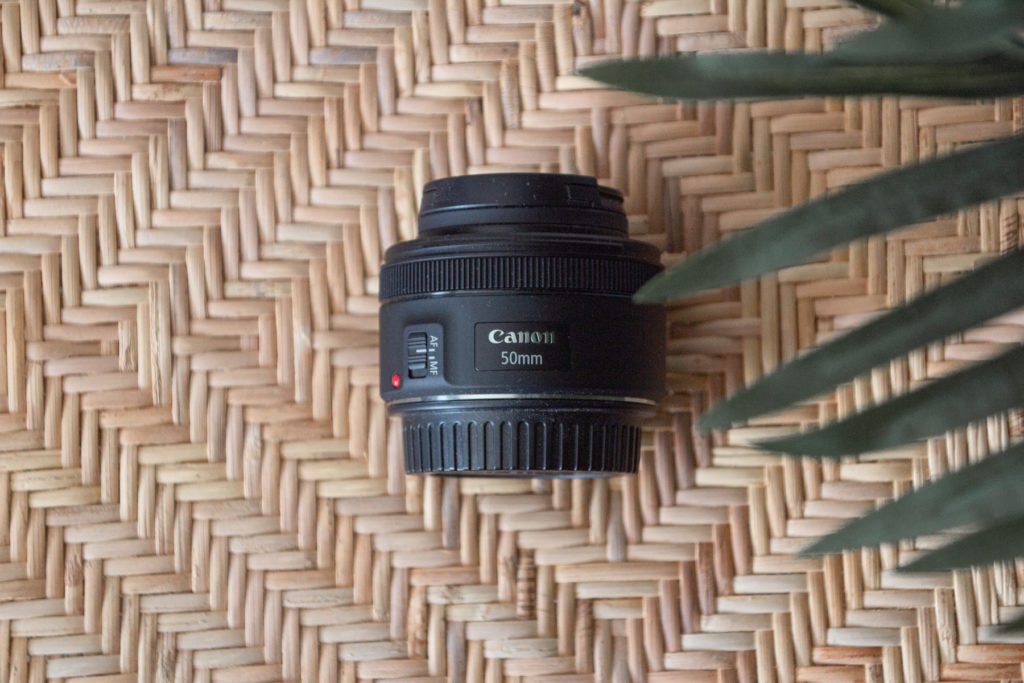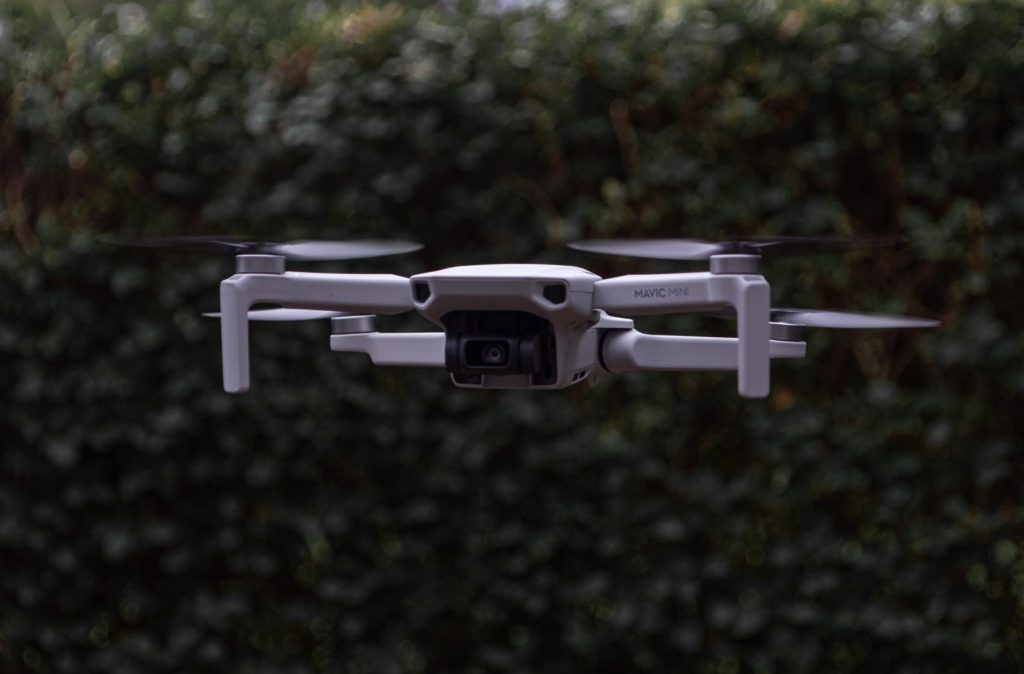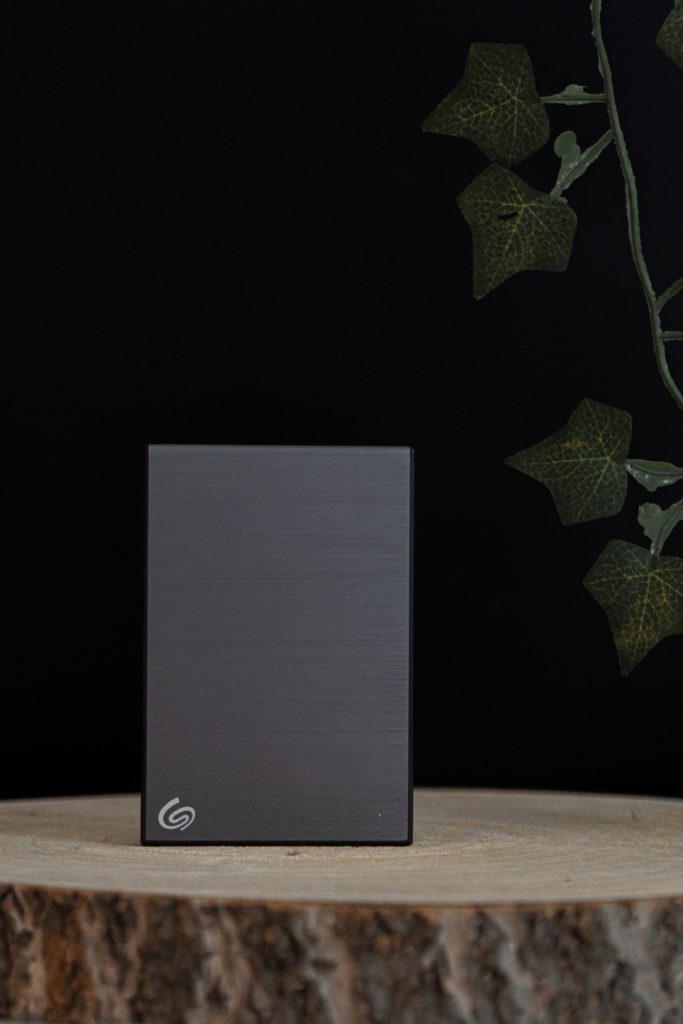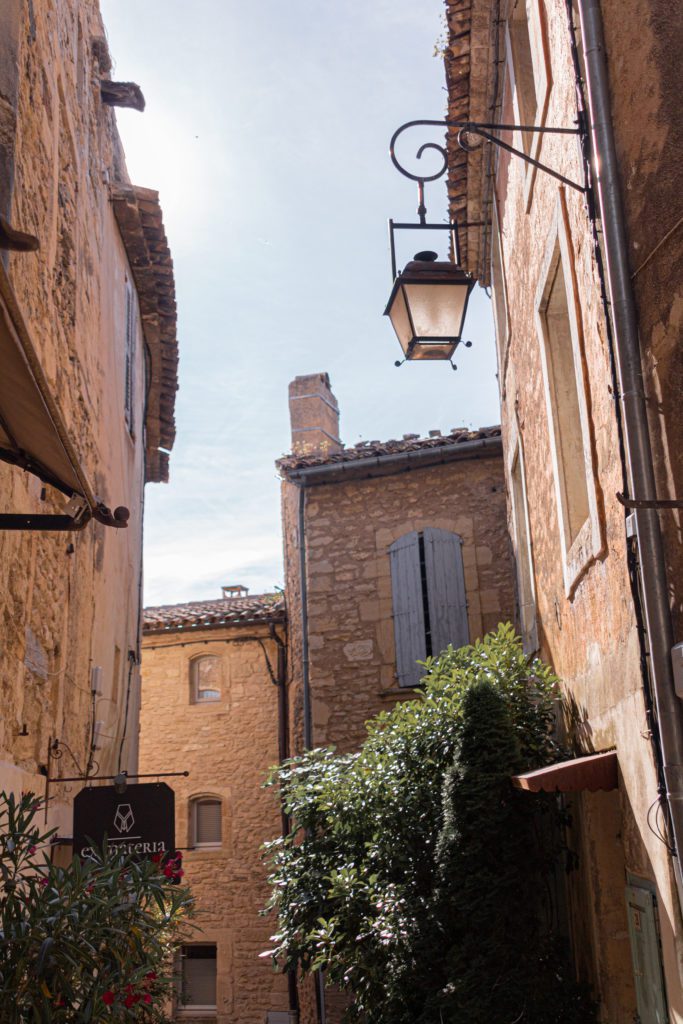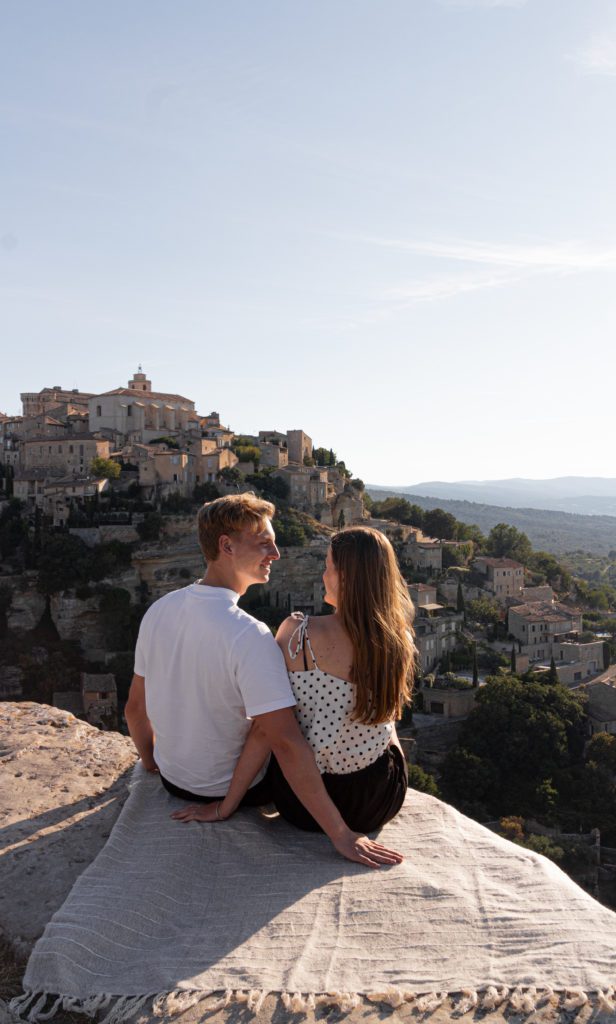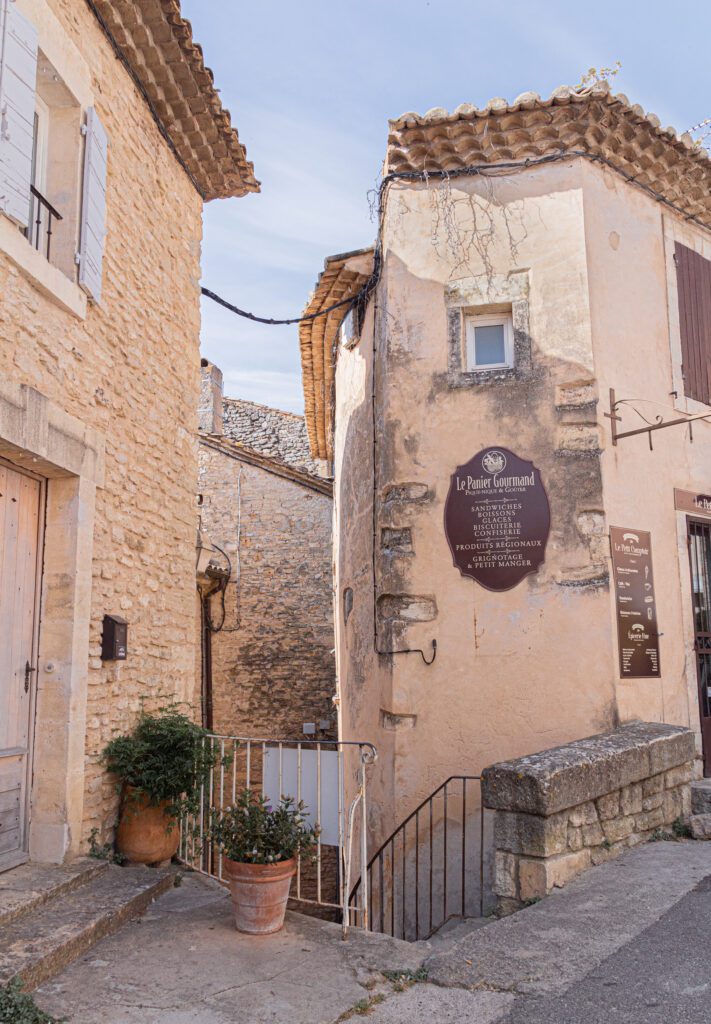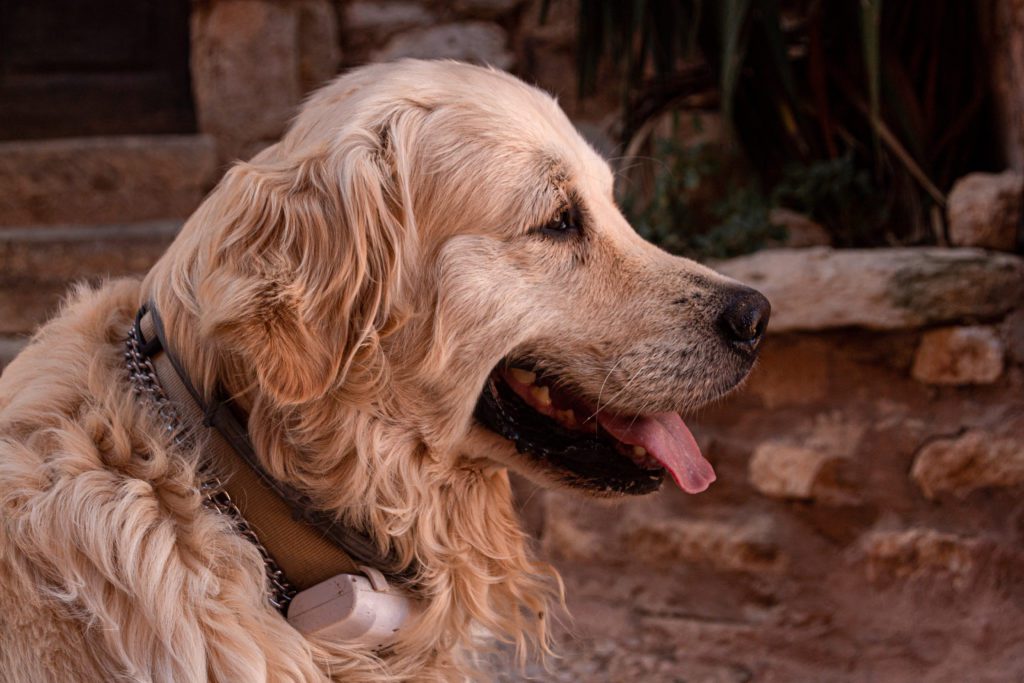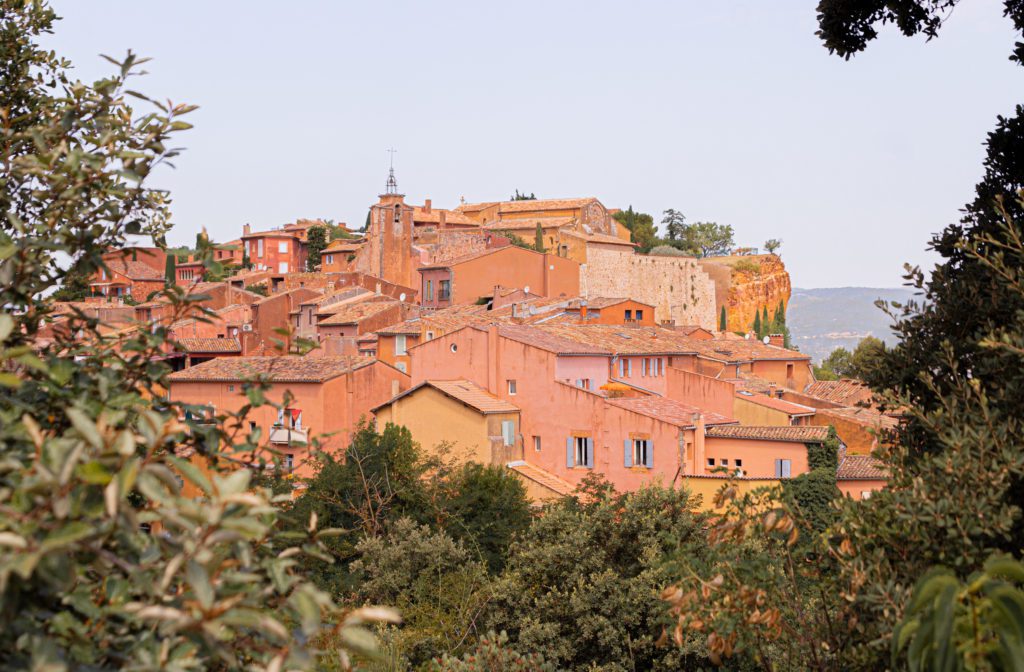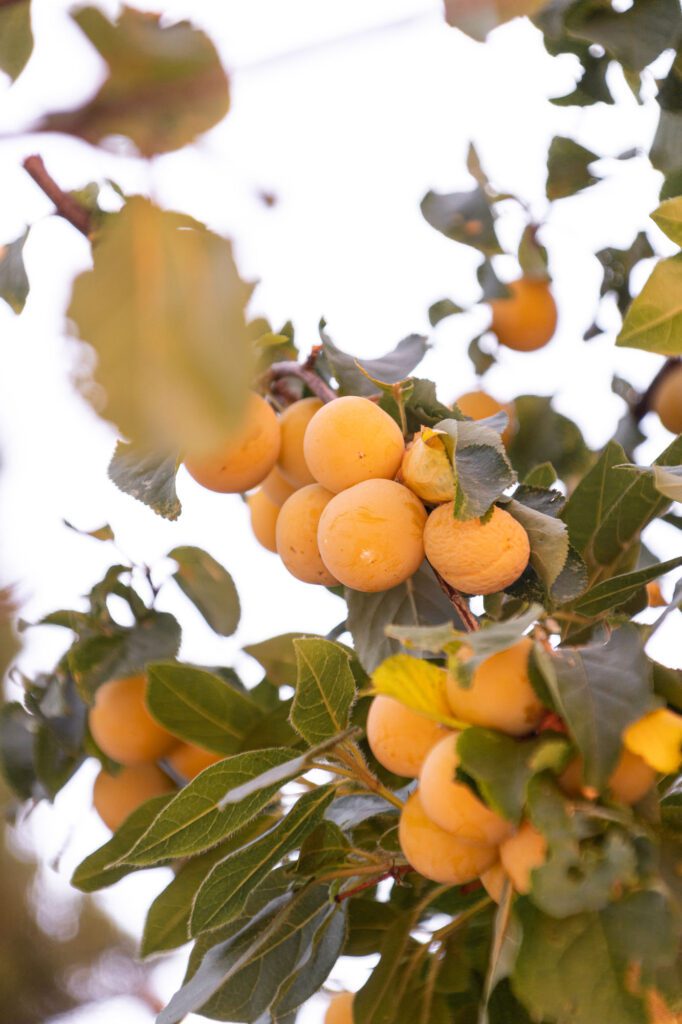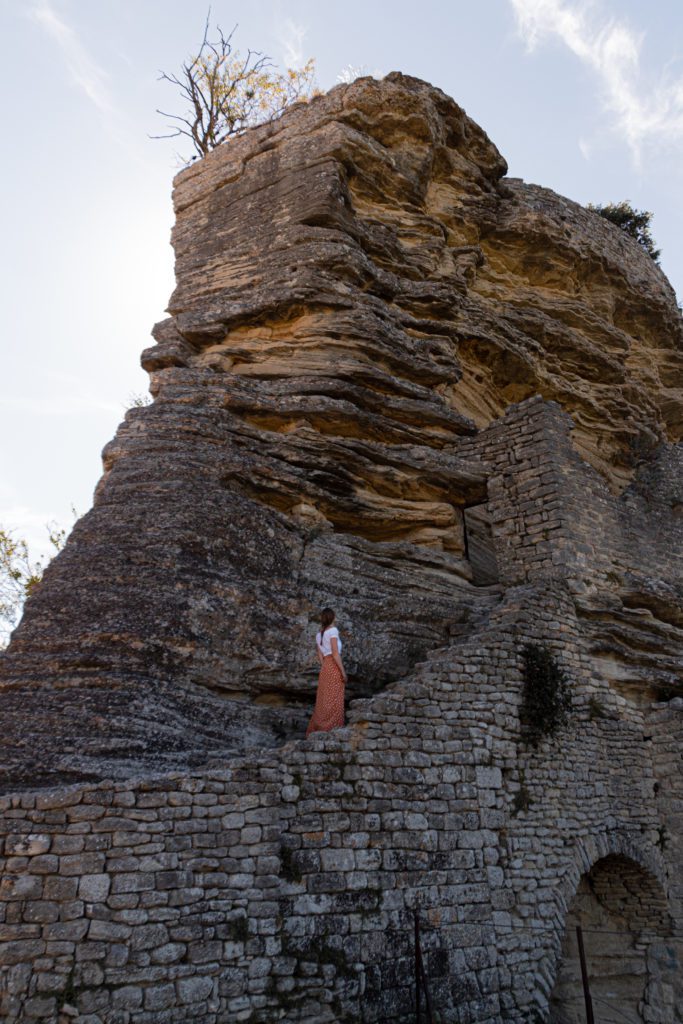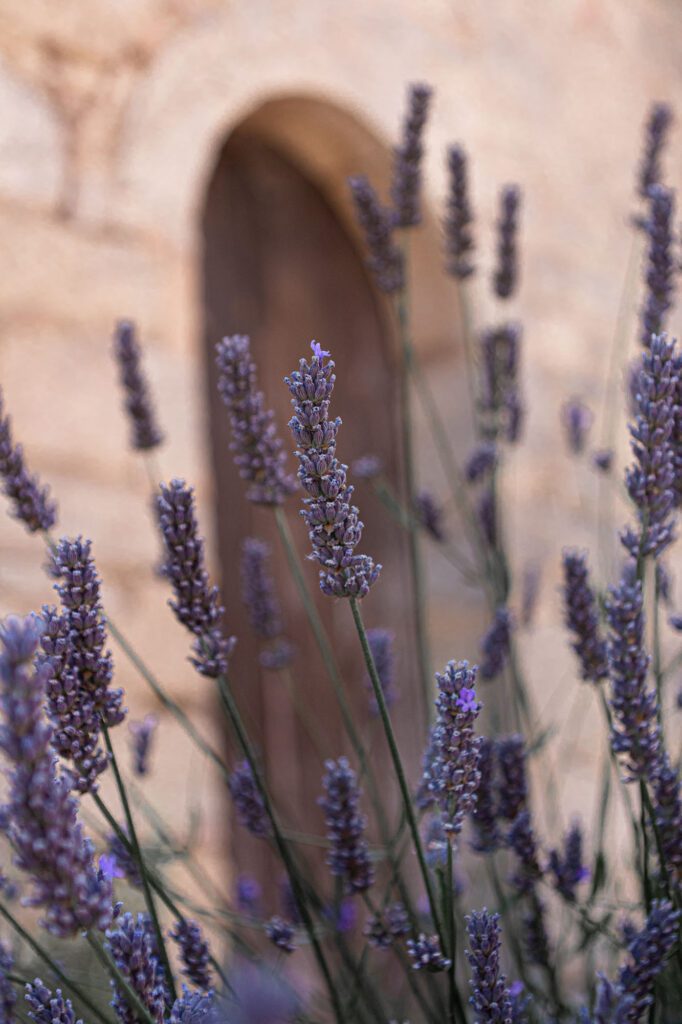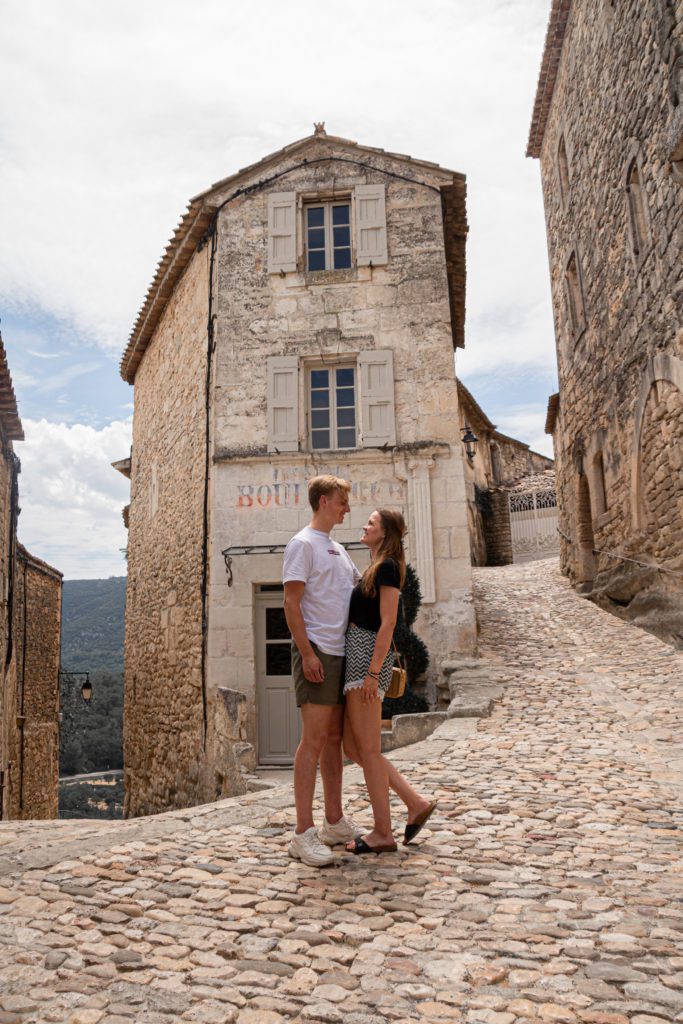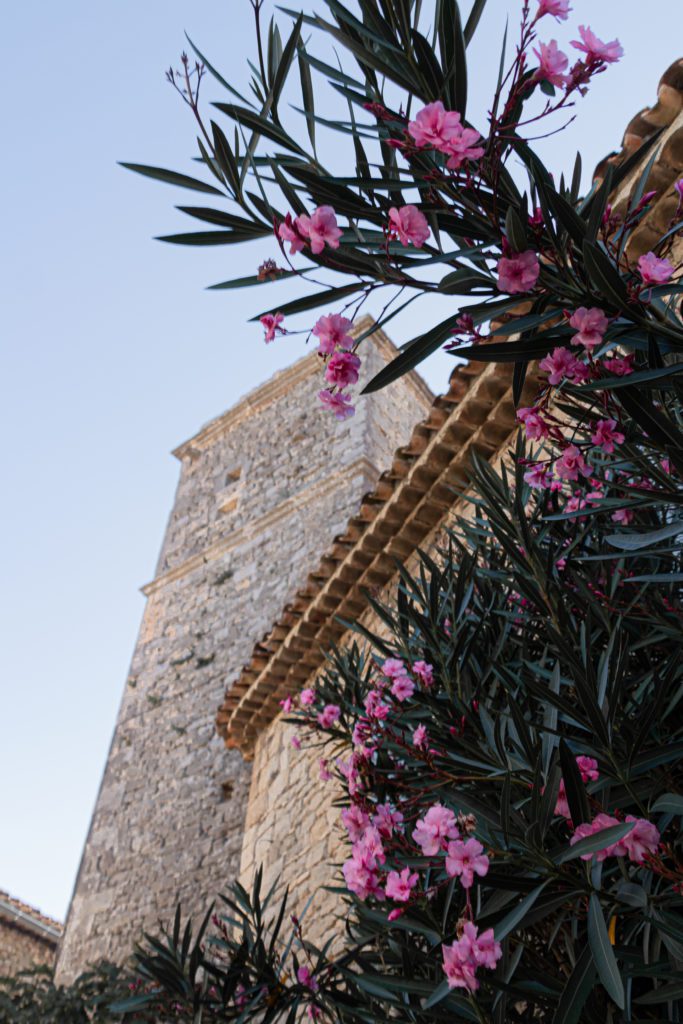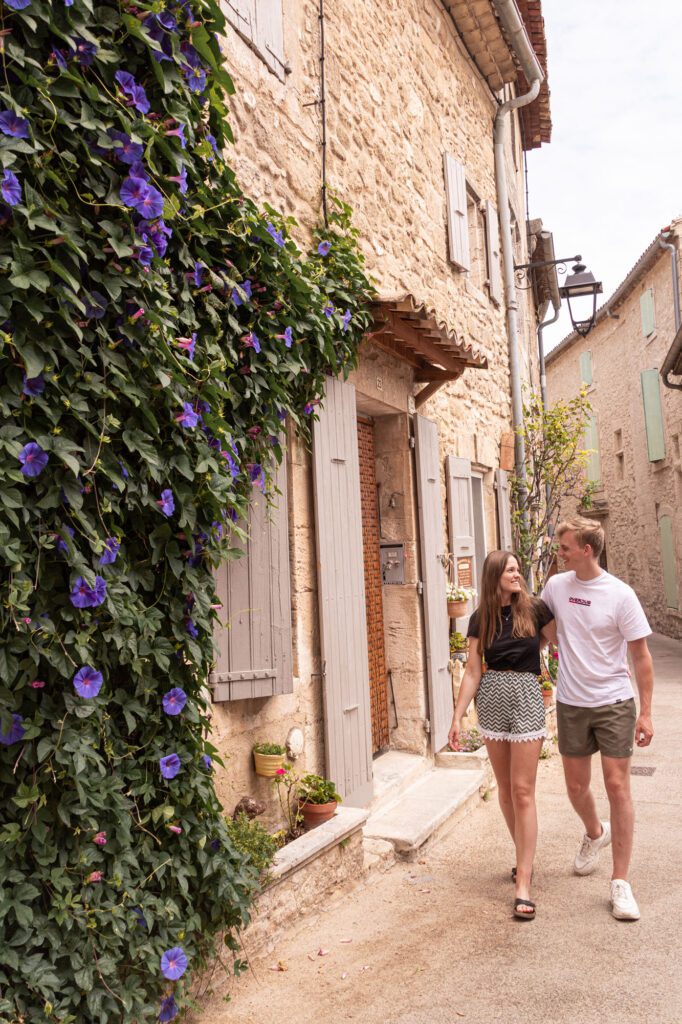Sidenote before flying your drone
Before we will talk about your drone settings, we hope you know how to fly responsibly and safely. Would you like to know more about the rules and legislation regarding flying your drone? Then read our blog ‘3 Important Drone Rules to Know Before Flying a Drone‘.
Maximize the quality of your shots
The camera of the drone can be set to different quality settings. Make sure you film in the maximum mode: Full HD → 2.7K → 4K. The better the resolution, the sharper and more impressive your shots will be. 4K is 4 times as sharp as Full HD! Tip: Even if you export your video in Full HD, it is better to film your video in 4K. You will crop the footage in the post-processing, but a 4K recording contains a lot more information and will therefore look sharper than if you shoot your video in Full HD.
Please note: Make sure that you also set the highest quality when you switch to the photography mode. You often have to reset the quality settings in this mode.

Manually set your drone to film
Decide the ideal flight mode
Most drones have 3 flight modes:
- C-mode (CineSmooth): In C-mode, the drone will fly slowly and more controllably. This way you can make the shots as smooth as possible. So this is the best mode if you want to take a close shot of an object at low speed or when you fly in an area with many obstacles, such as the forest or in a city where you have to be careful.
- P-mode (Normal): The P-mode is the standard mode. You will use this mode most of the time. The speed increases so you get more movement in your shot, but the drone does have a controlled stability. This mode is perfect for landscapes and wide shots.
- S-mode (Sport): The sport mode provides an extra fast drone. With the DJI Mavic Mini we can fly 47 kilometers per hour. This mode is useful if it is windy, if you are far away from your subject and you want to have enough movement in your shot or if you want to track a fast subject such as a car or animals.

Manually set your drone for smooth slow motion shots
You can use slow motion when filming an action where you want to show more details of the action. If you want to slow down the shots, you have to set your drone to 60fps with shutter speed 1/120 or 120fps with shutter speed 1/240 for even more slow motion. In post-processing you can easily slow down the shots with these settings. In Adobe Premiere Pro this is how you slow down your shots: Create a timeline with the setting 24fps. Put the shots in the timeline and slow down the speed of the shots by clicking ‘speed / duration’ in the menu and enter the percentage you want the shots to be slowed down. At 60fps you can set the maximum speed to 40% and 120fps to 20% of its original speed.

Manually set your drone to photograph
Shutter speed
First of all, make sure that the shutter speed is as fast as possible, at least 1/160. Slower shutter speeds can cause movement in your photo. Because the drone gets constant gusts of wind and is not 100% stable, a fast shutter speed is definitely a must when shooting.
ISO
It is important to keep the ISO value as low as possible to get as little noise as possible in your photo. Also your photo will not get overexposed.
Aperture
With some drones it is also possible to chose an aperture, then it is possible to create a smaller depth of field and take brighter photos.

How to get the perfect cinematic look?
The best thing is to create a cinematic look for your shots. Cinematic means that your shots look real and natural and are stable and smooth without stuttering. At 24 fps (frames per second) you get the most cinematic look. But if you use 24 fps, you must double the shutter speed to 1/50. This setting is not possible on a sunny day, because your shots will be overexposed. So in this case you need a shutter speed of 1/200. But a faster shutter speed will stutter your shot and it will not look cinematic at all. In this situation a ND filter can be very useful. With a ND-filter you put a kind of mini sunglasses on the lens of your drone, so that you can correct and slow down the shutter speed to 1/50. A ND-filter will often have 1 to 4 stops. Every ‘stop’ is a doubling or halving in the exposure of your shot. On a sunny day we use ND32 (5 stops) and on a cloudy day we usually use an ND4 or 8. We use the ND-filter set from Sunnylife ND filter and we are very satisfied with the results. You can easily click the filters on the lens of your drone and vary in strength.






